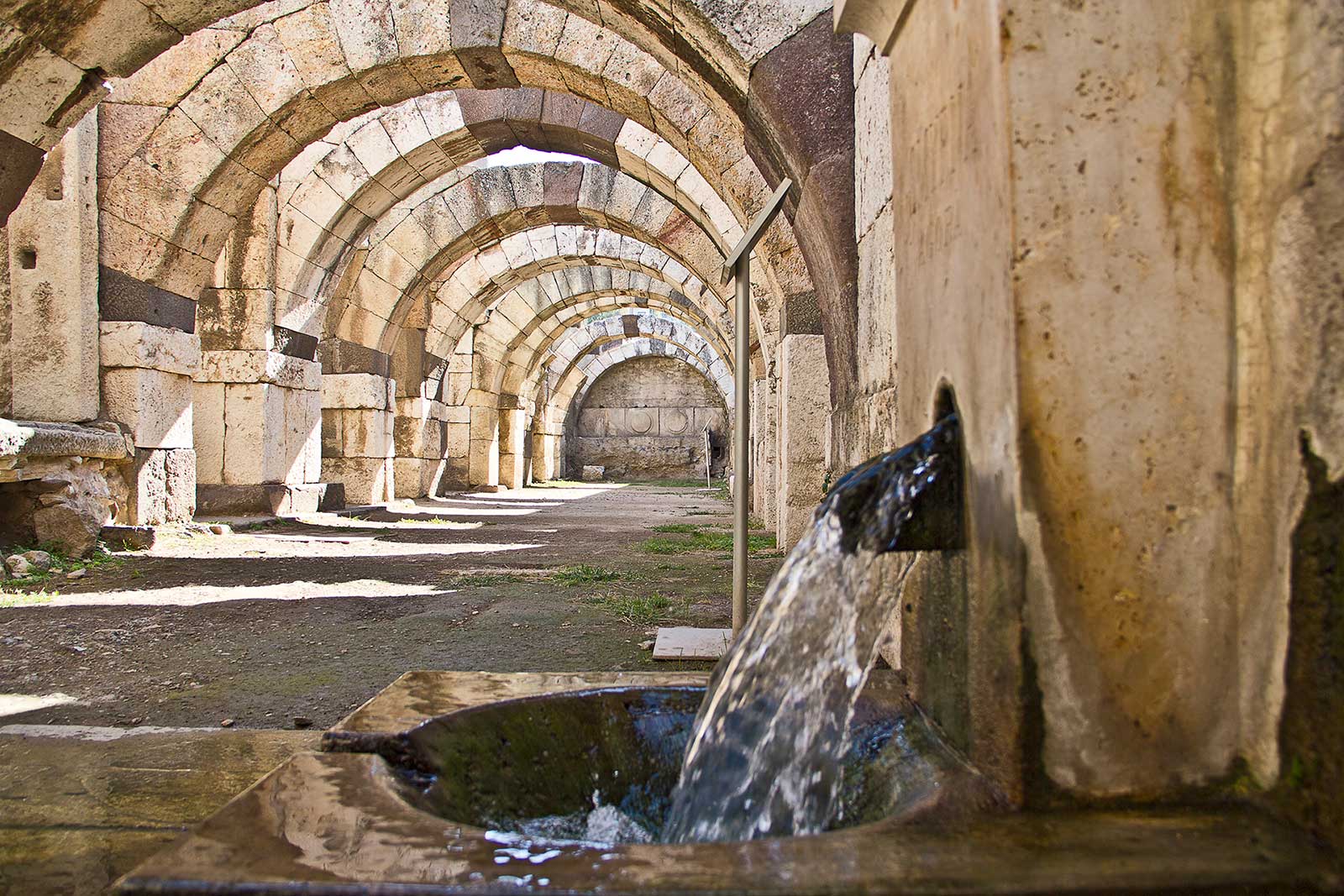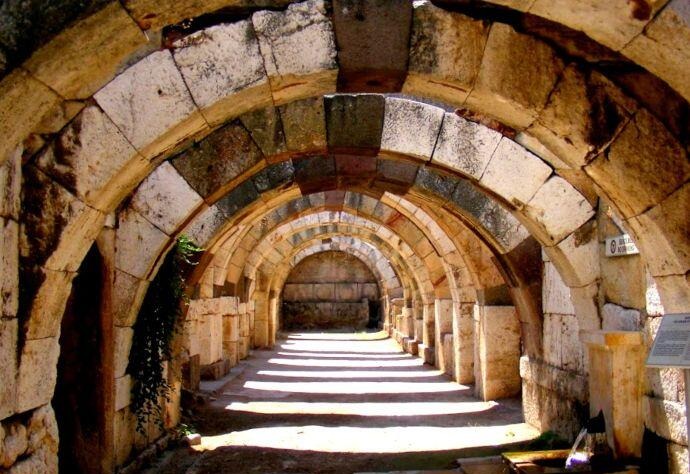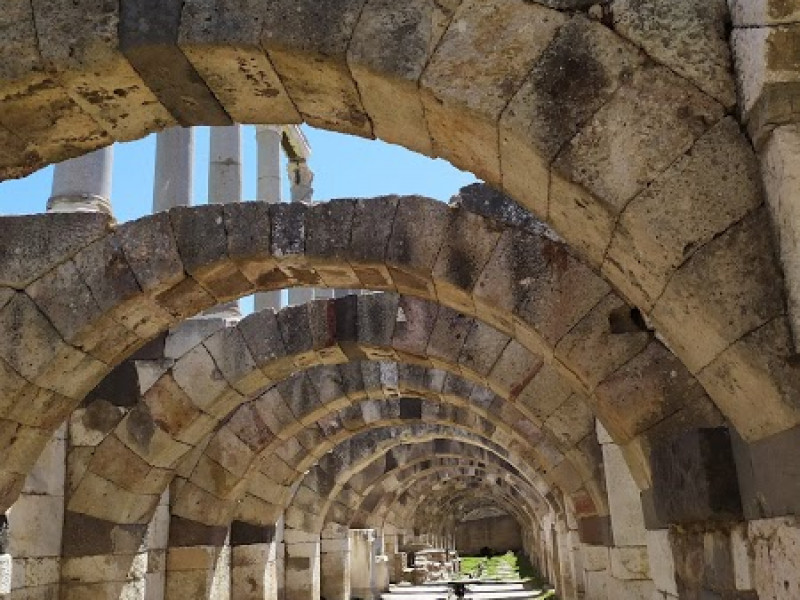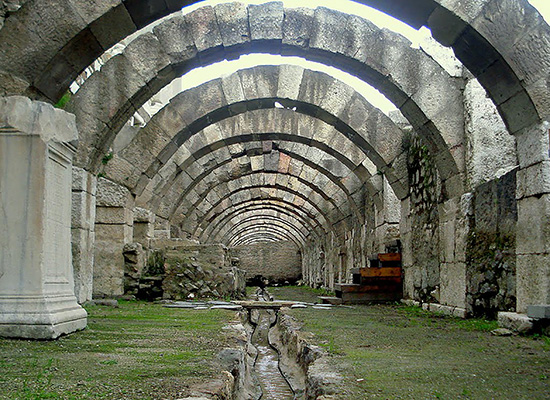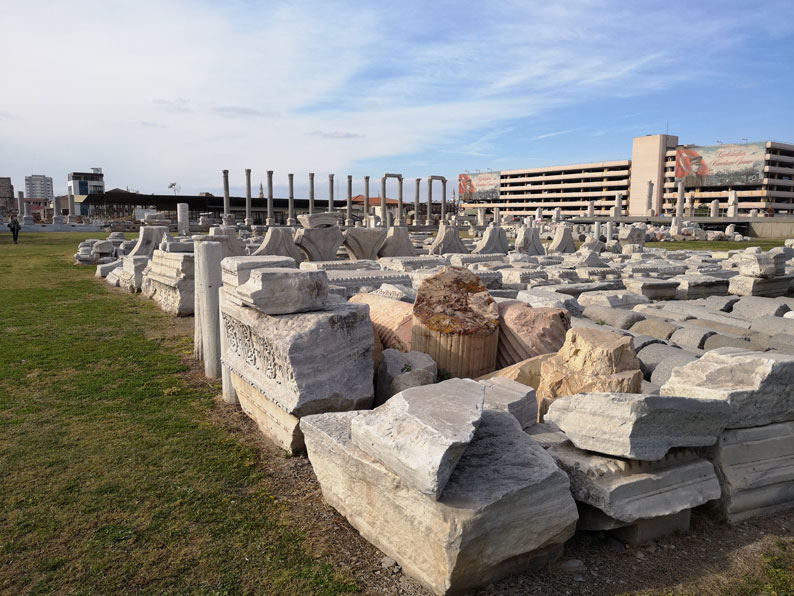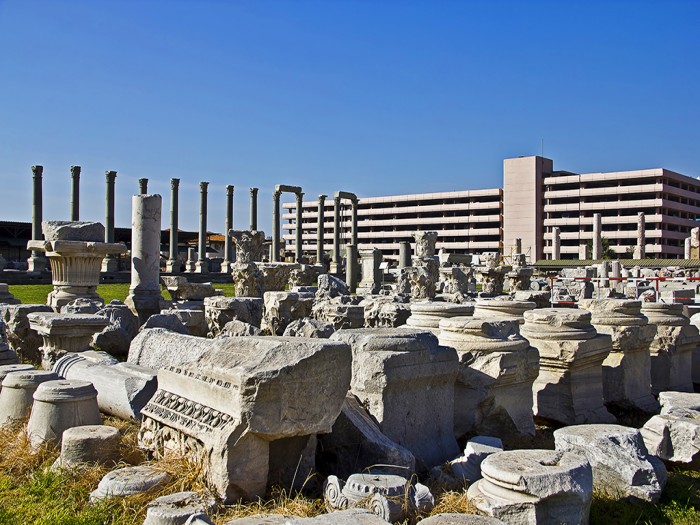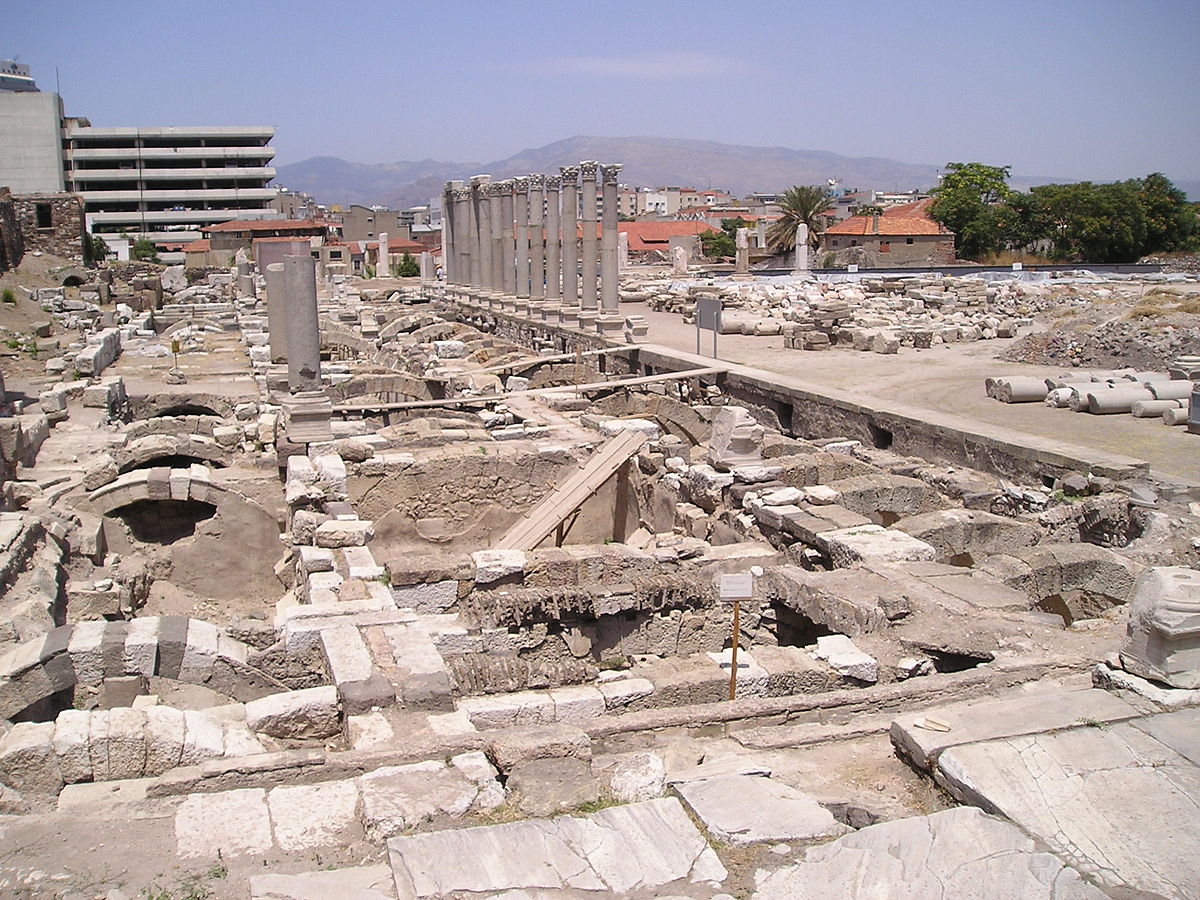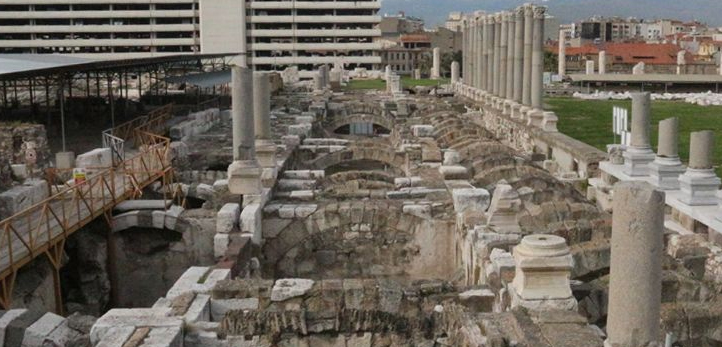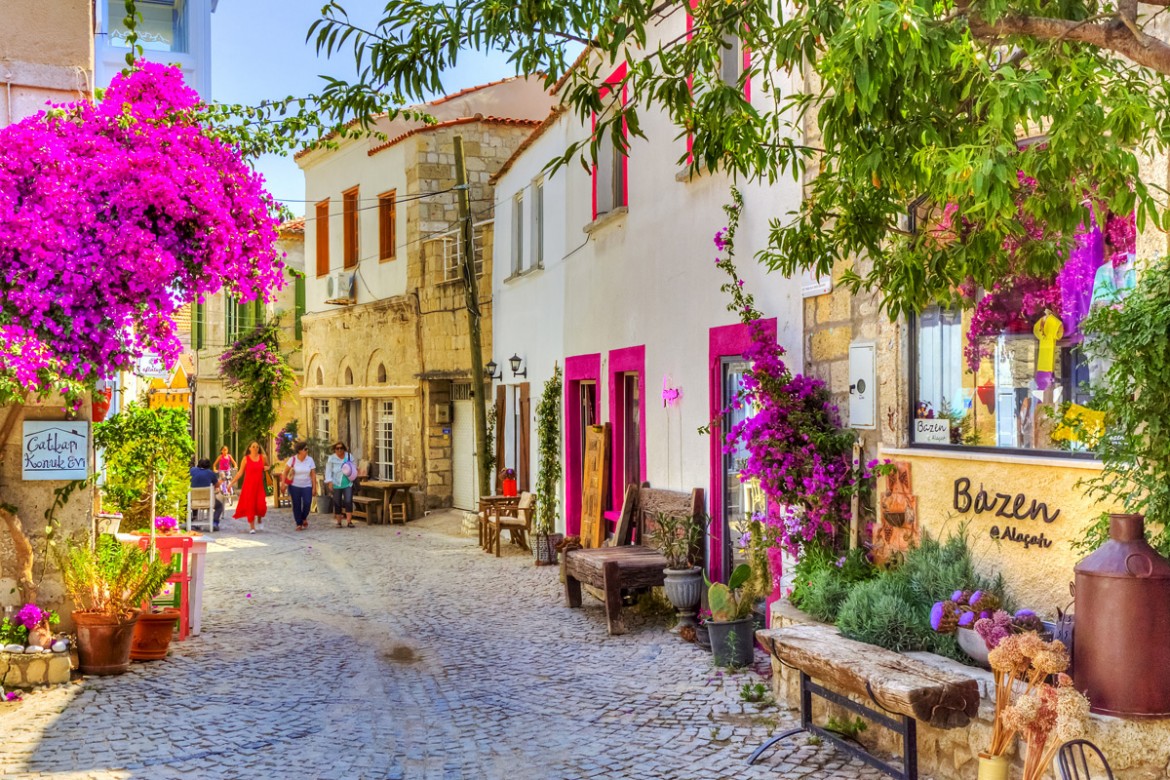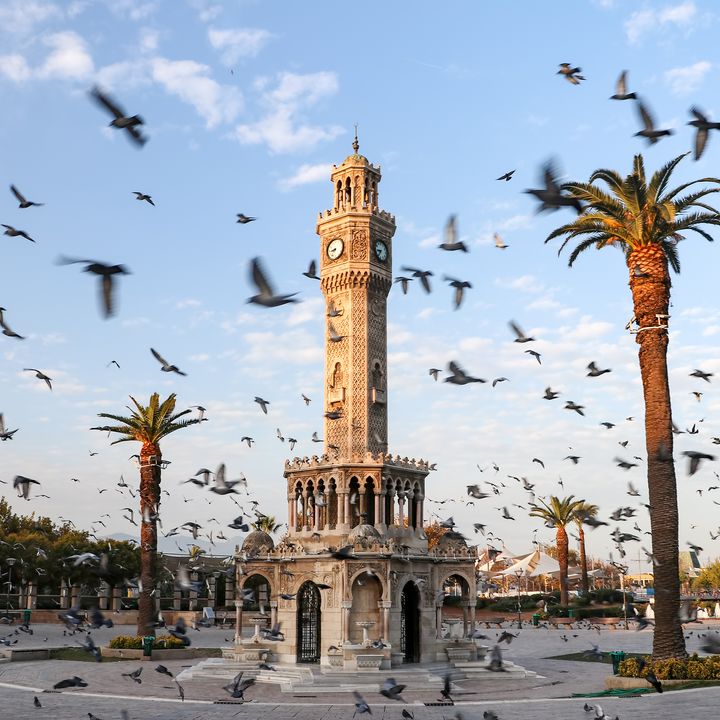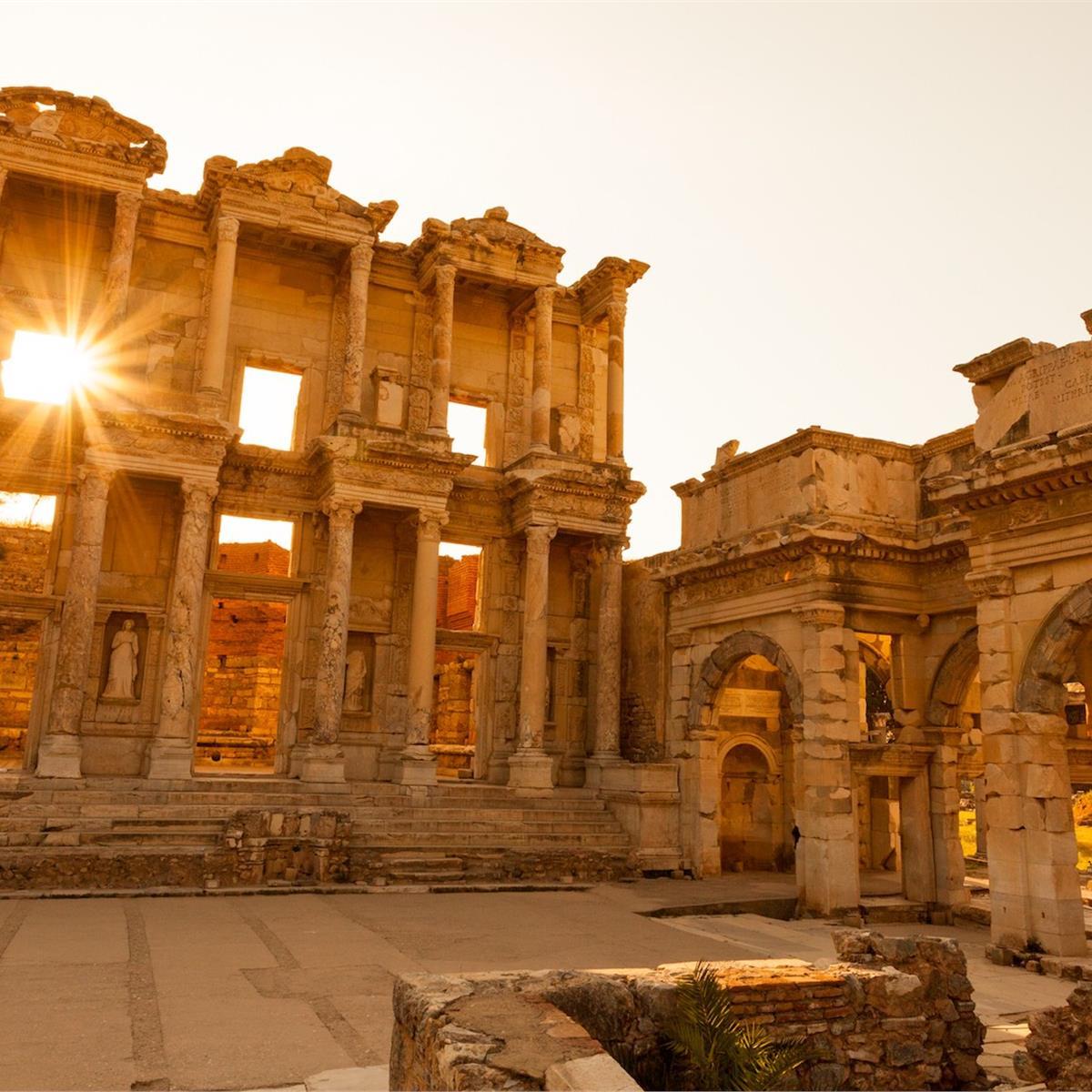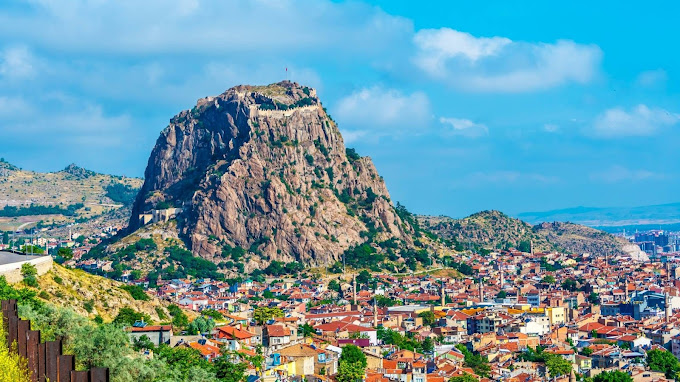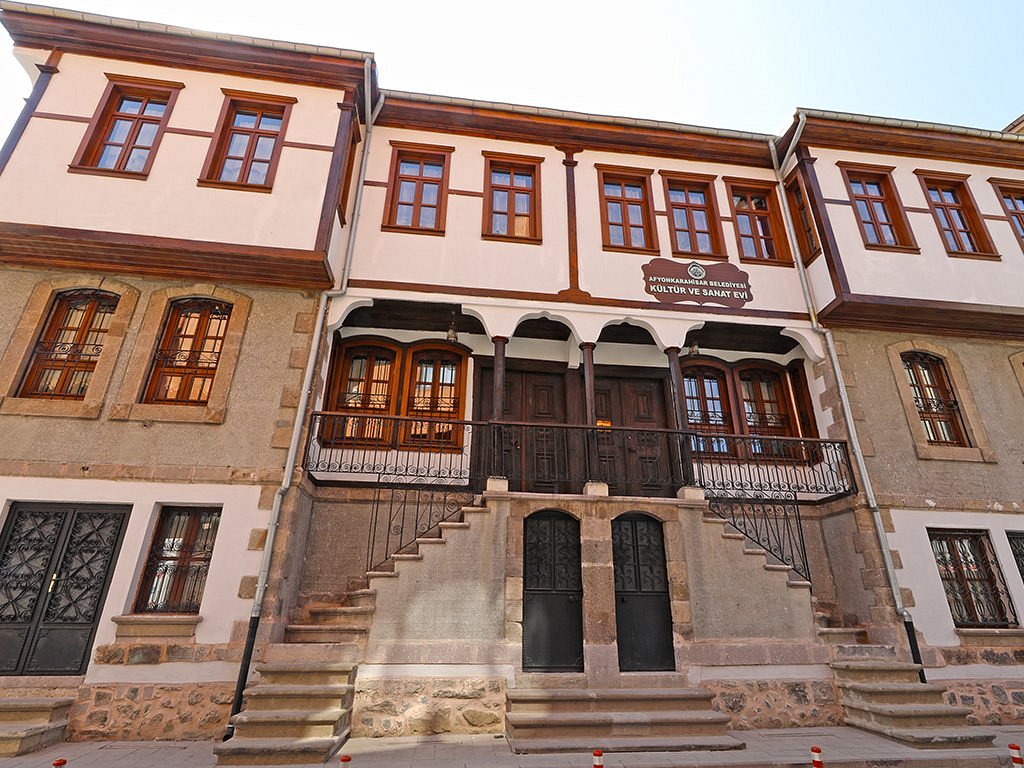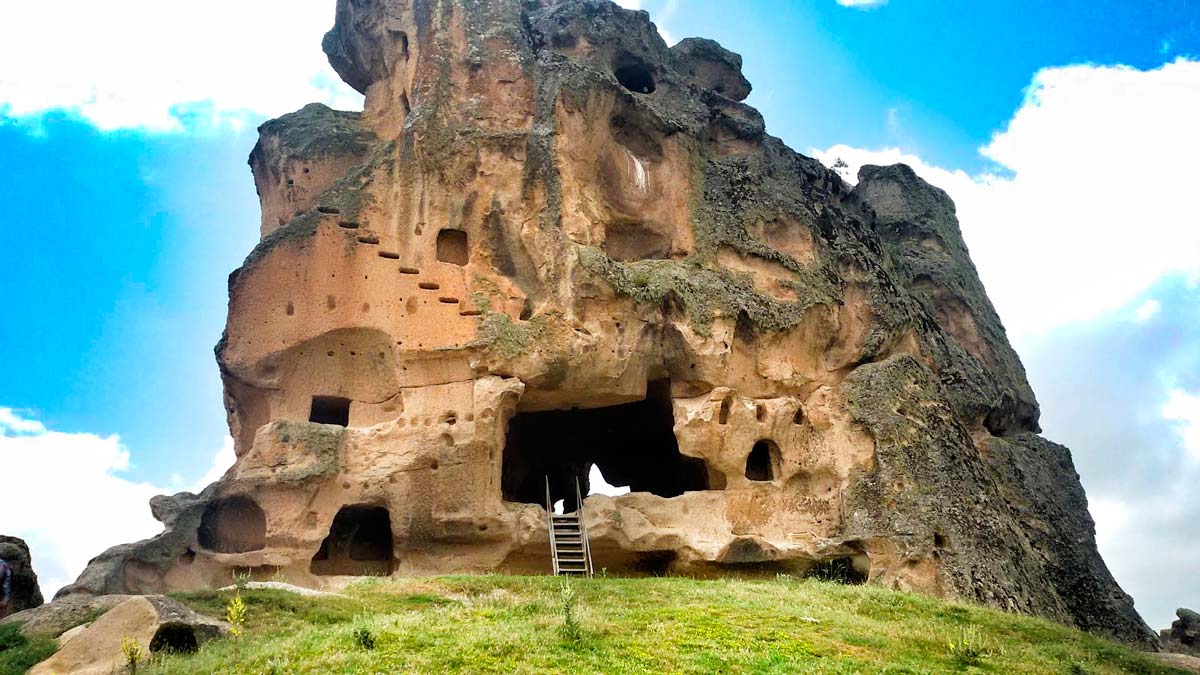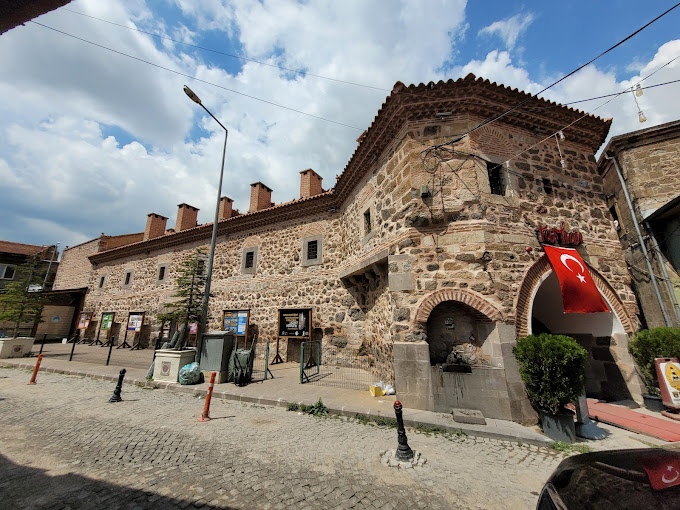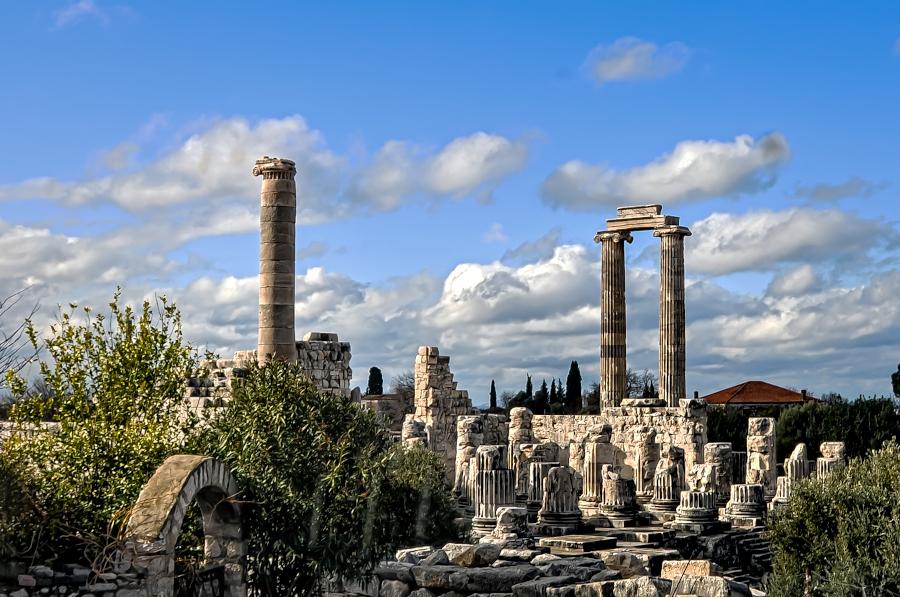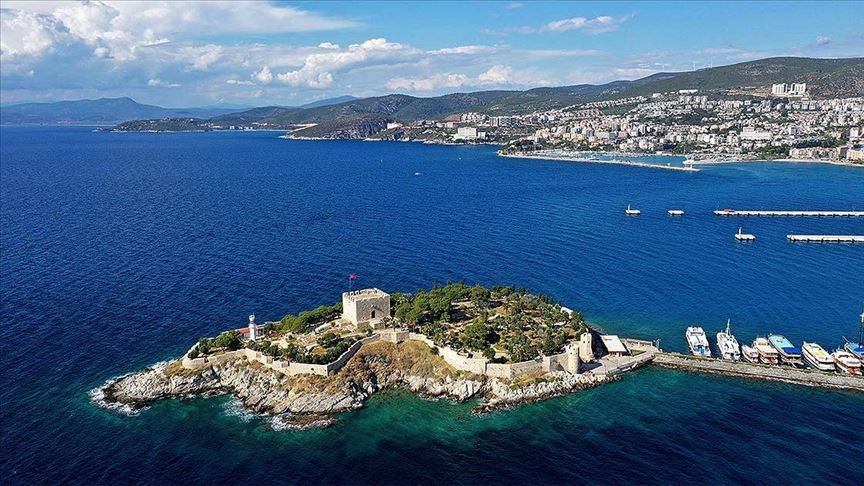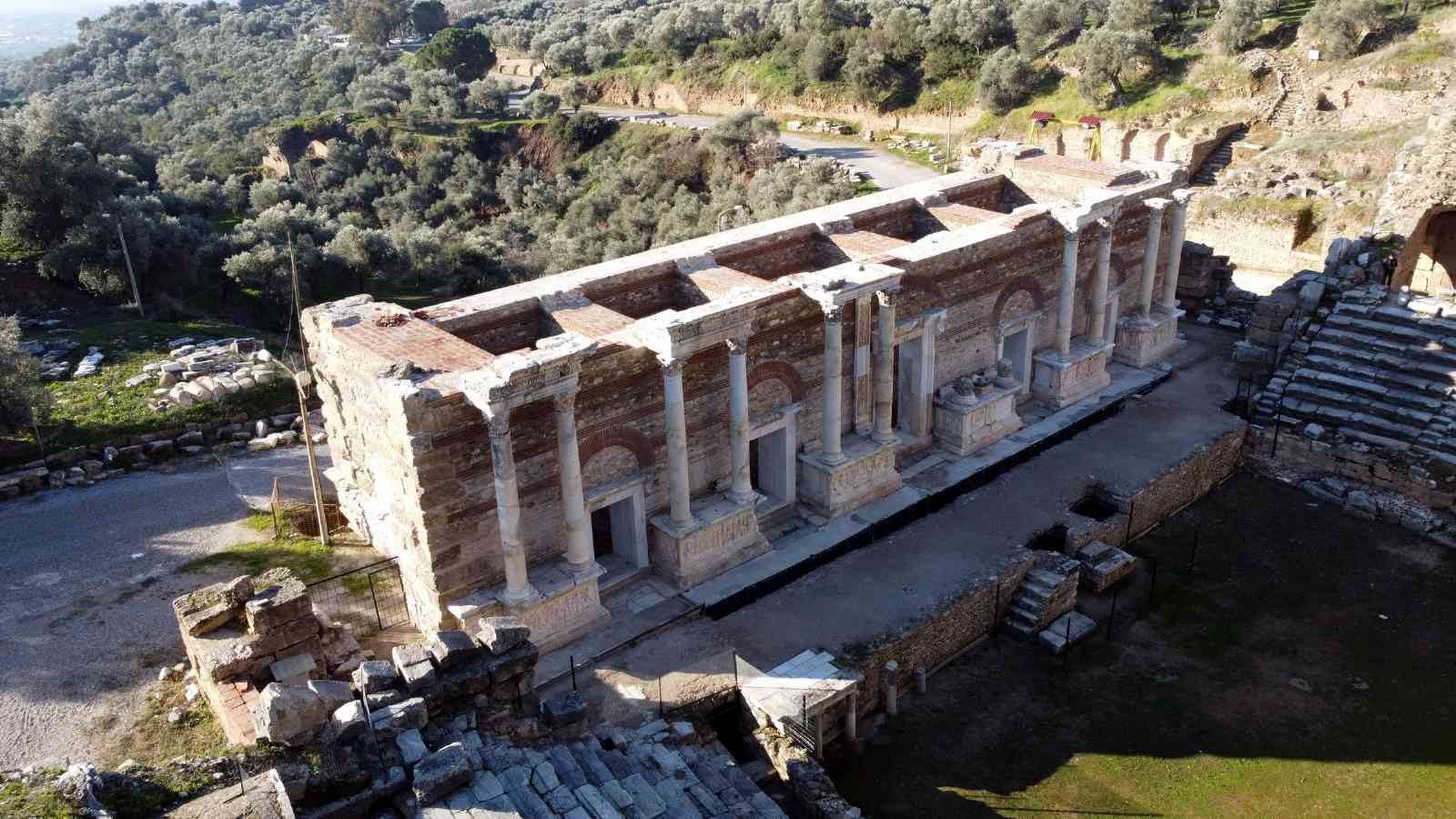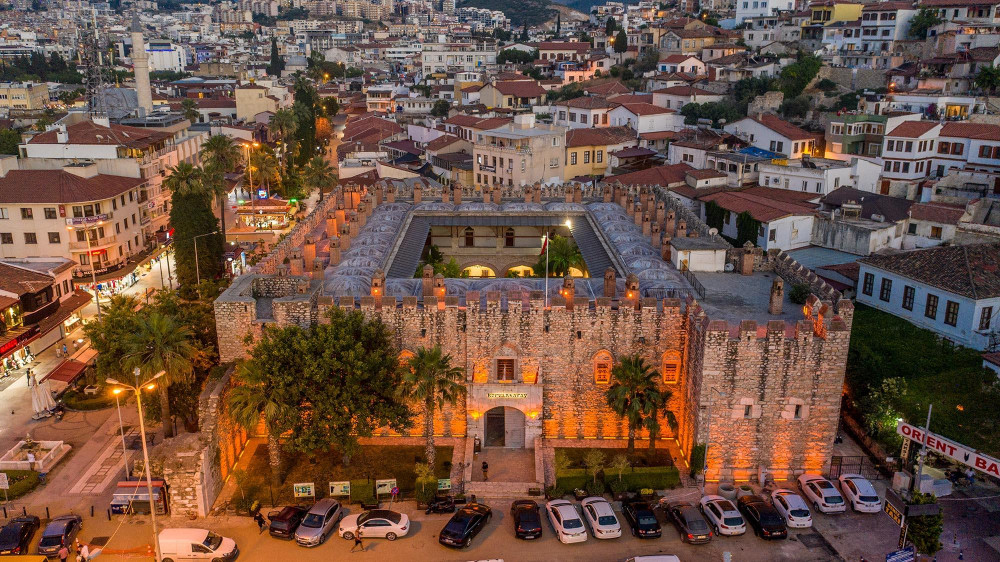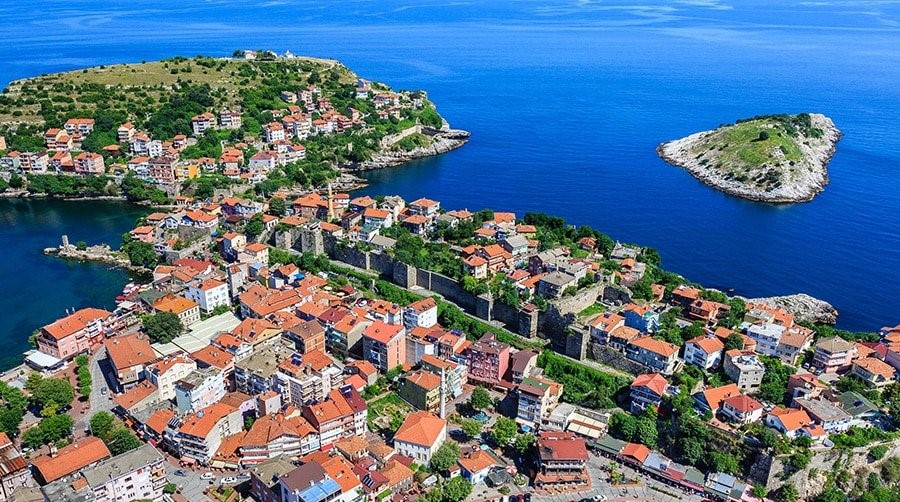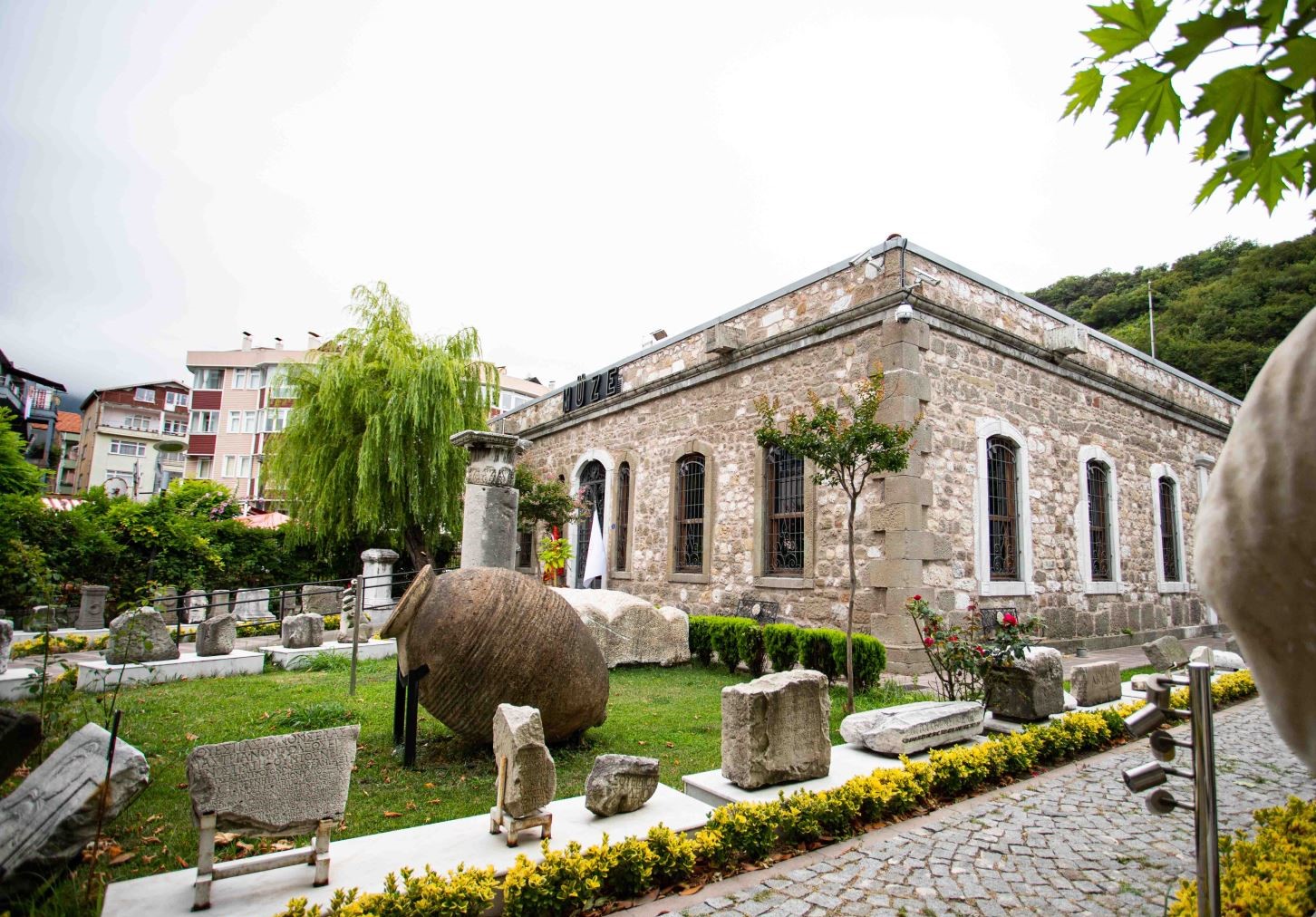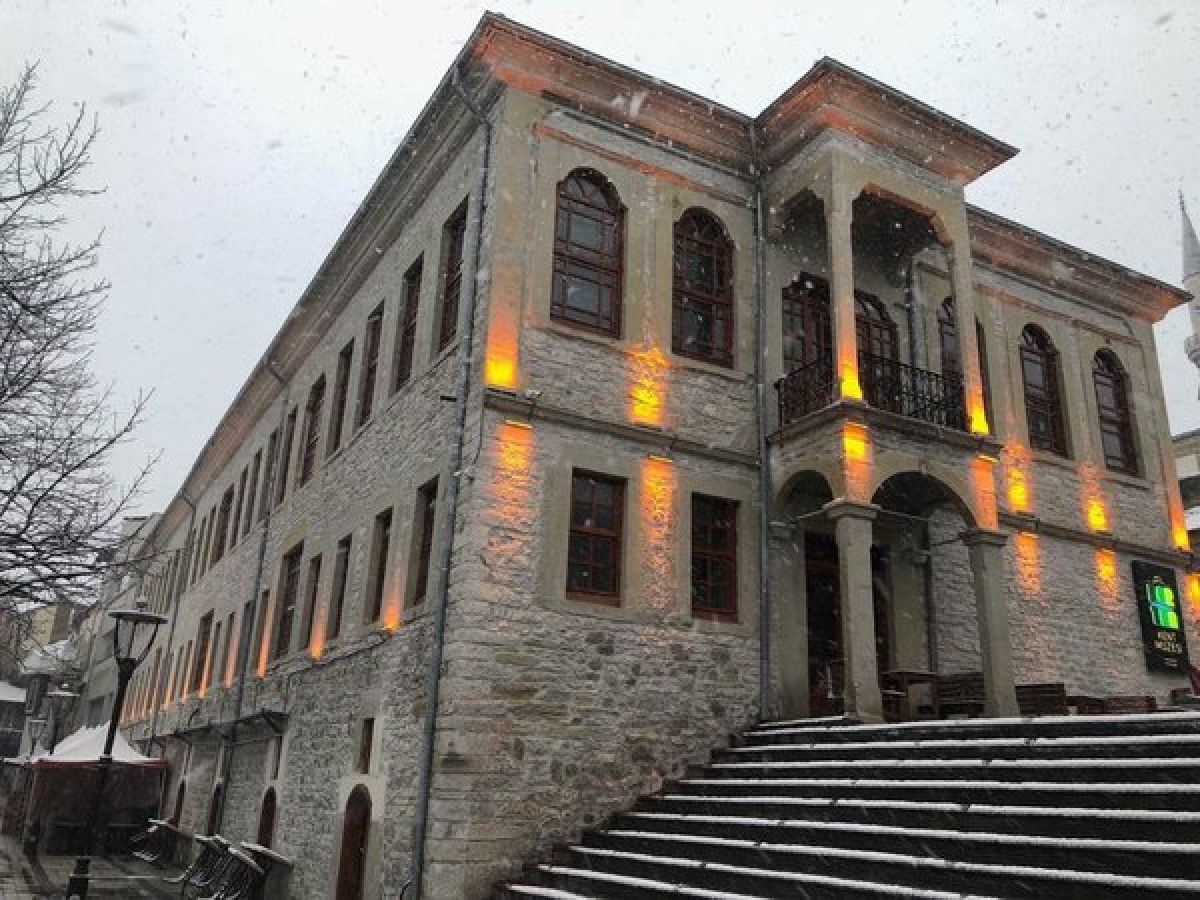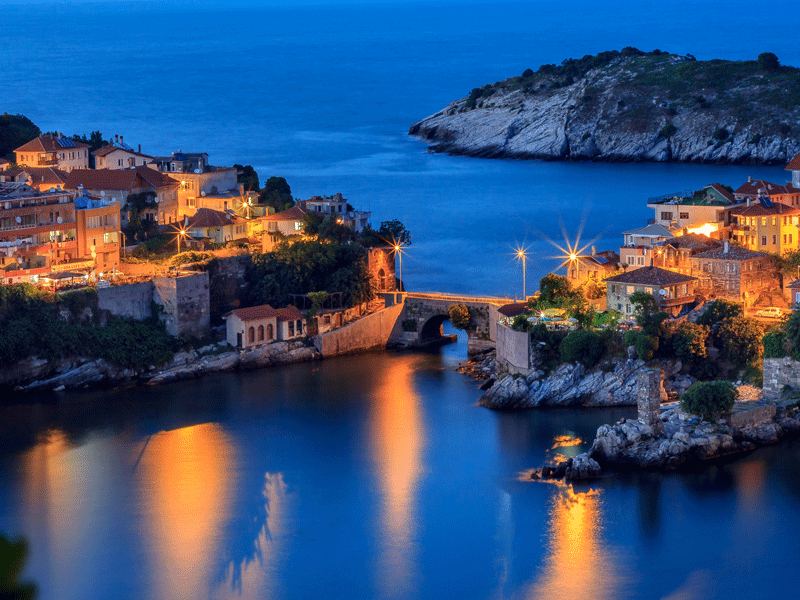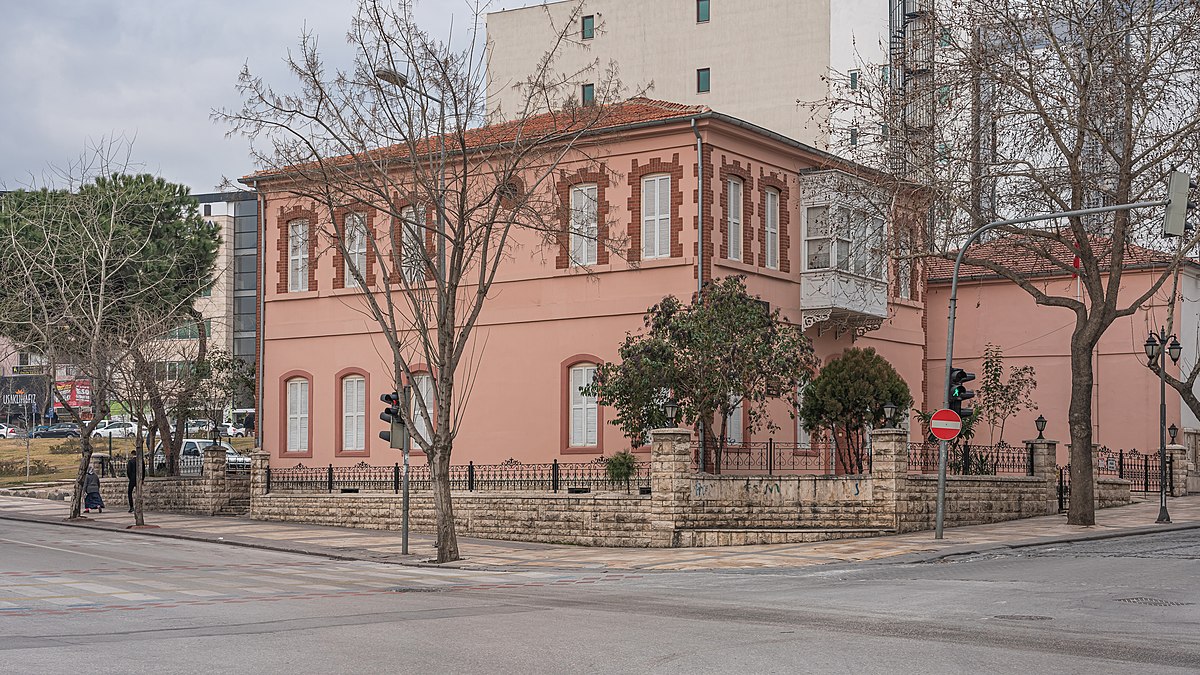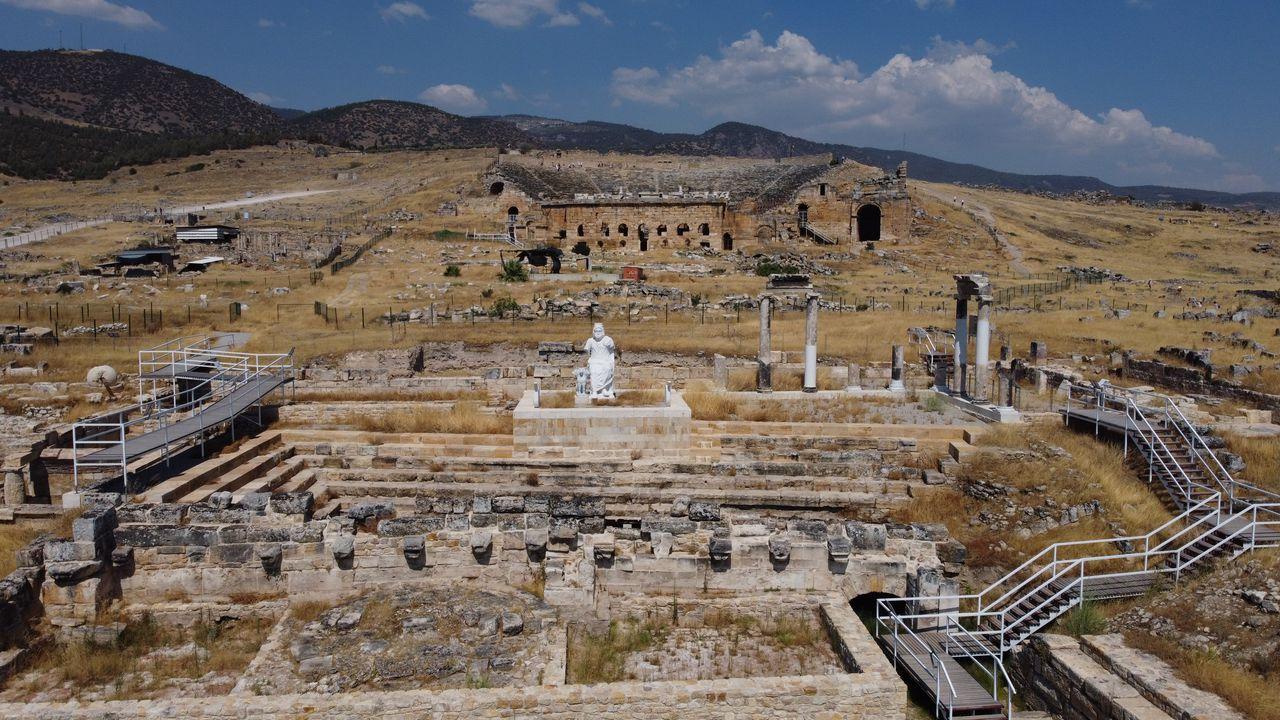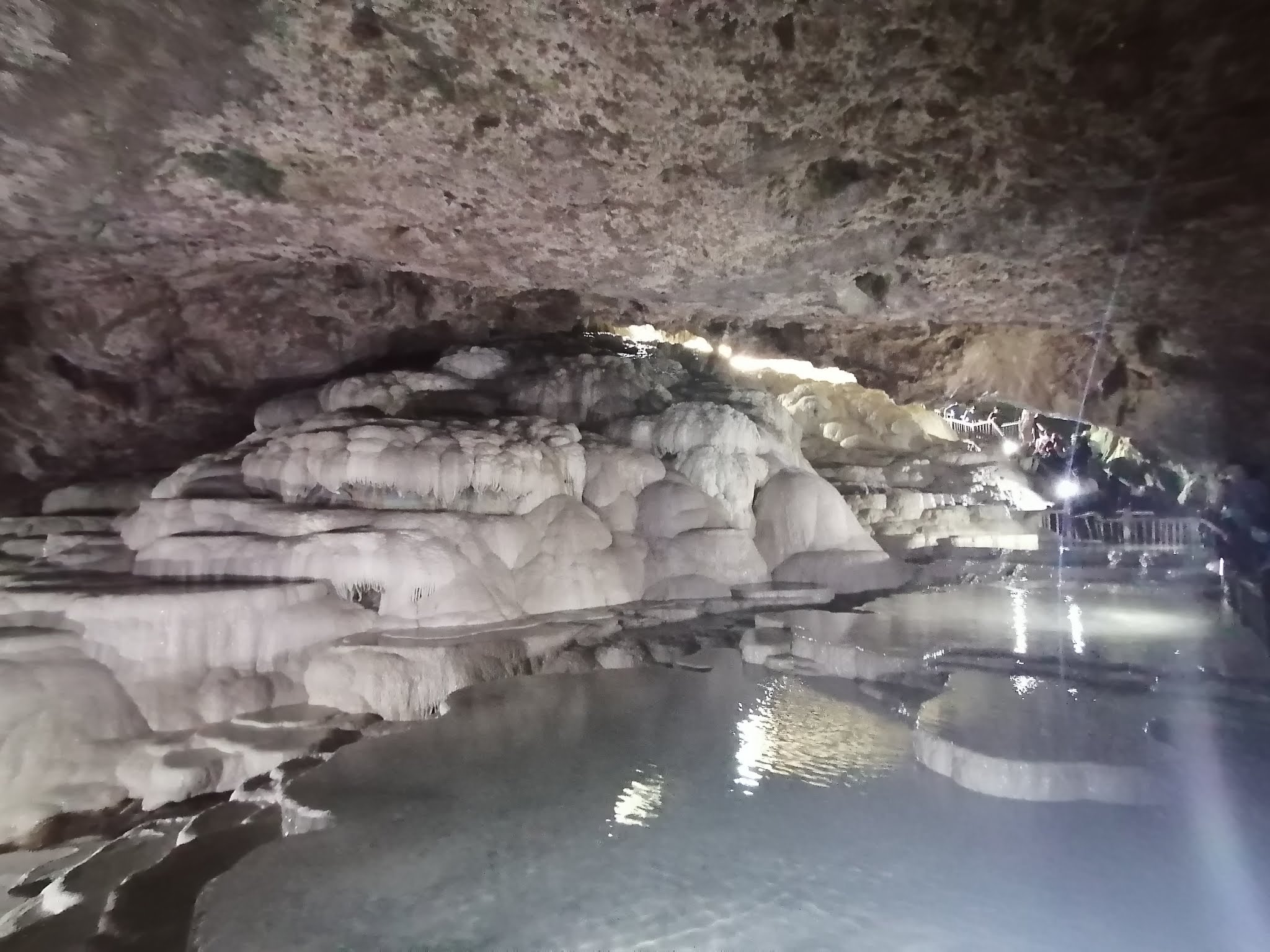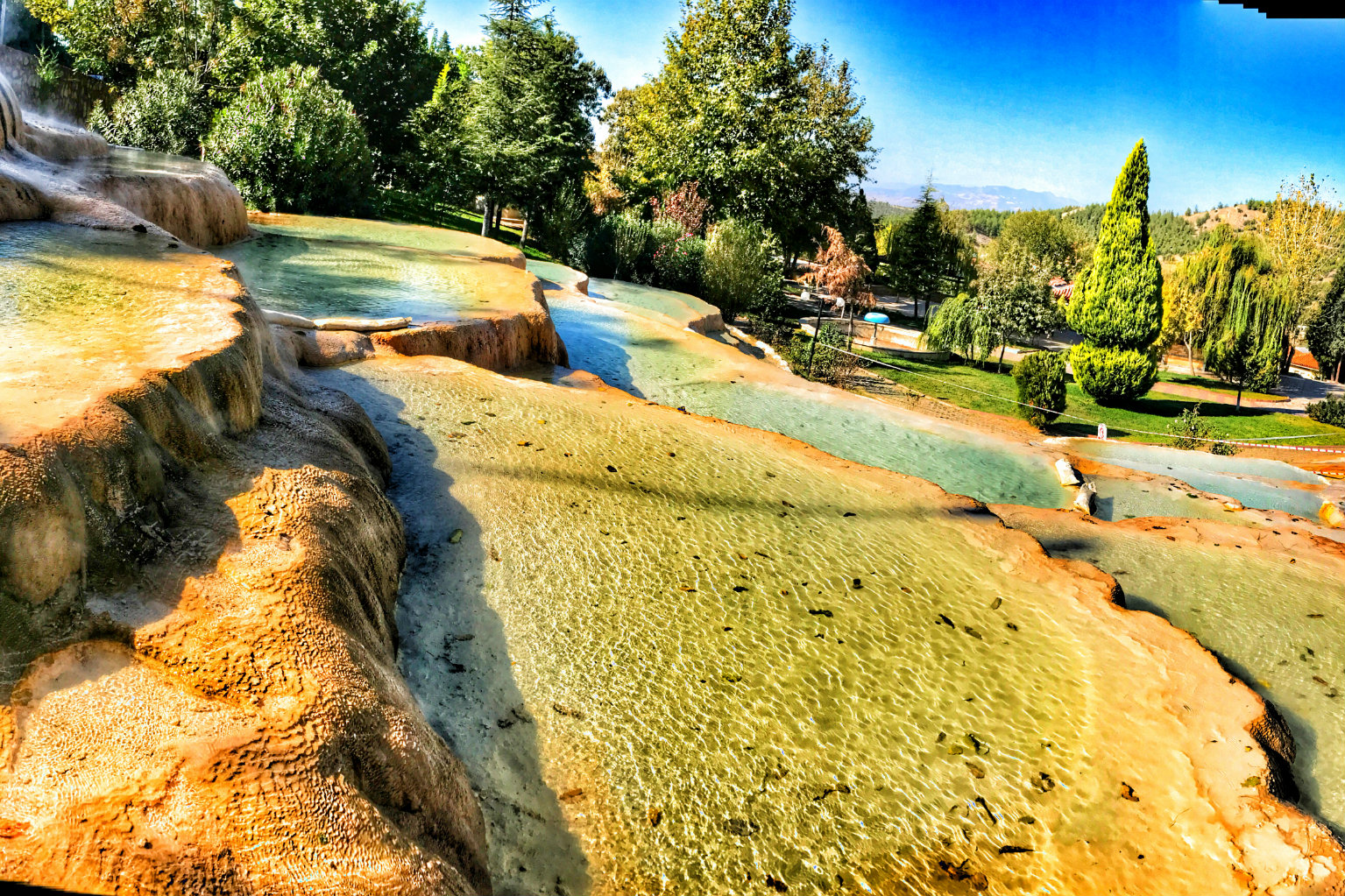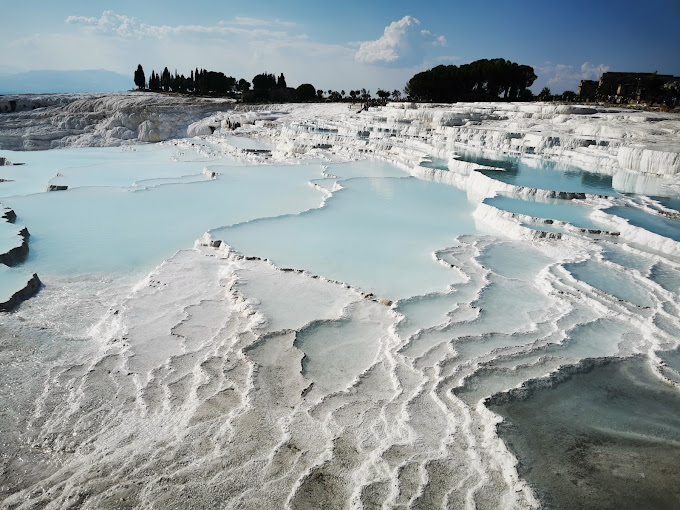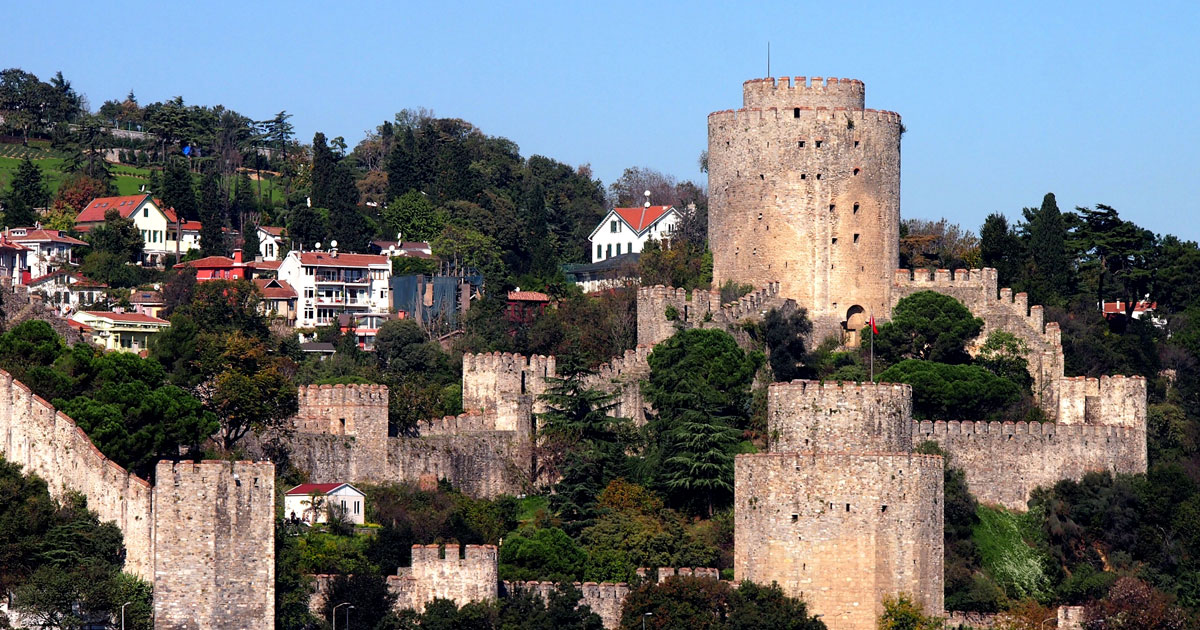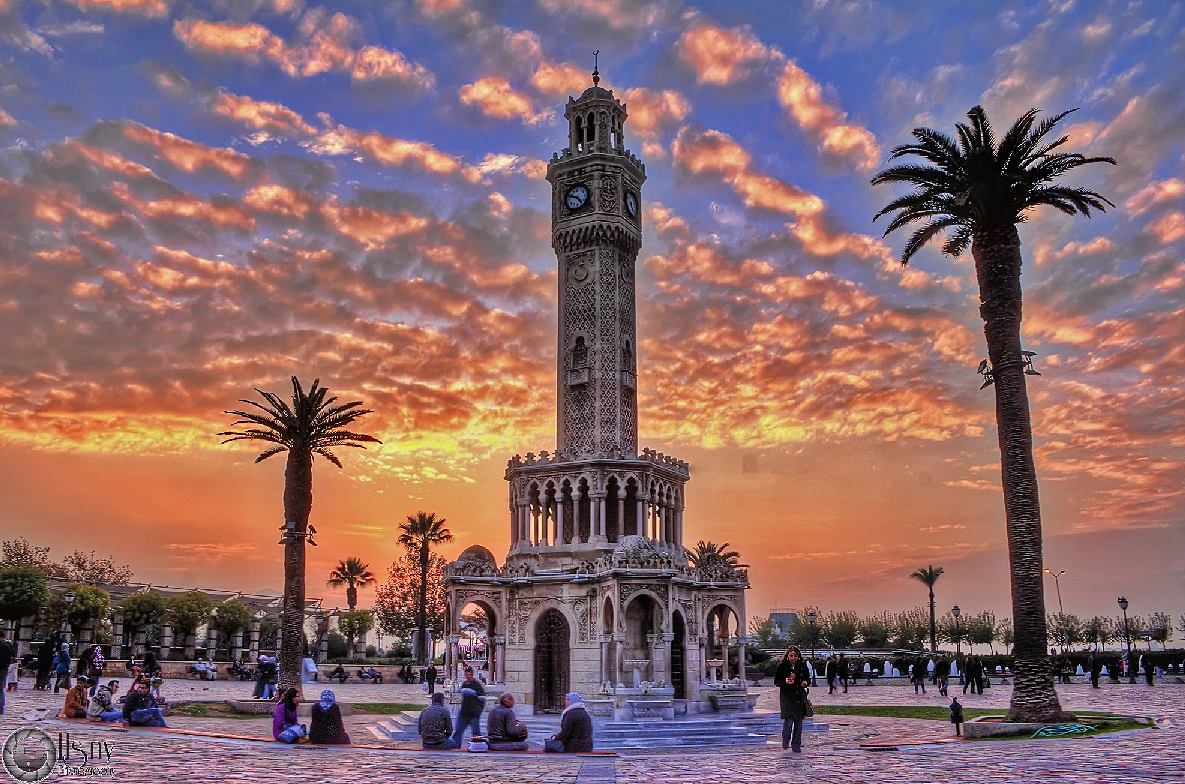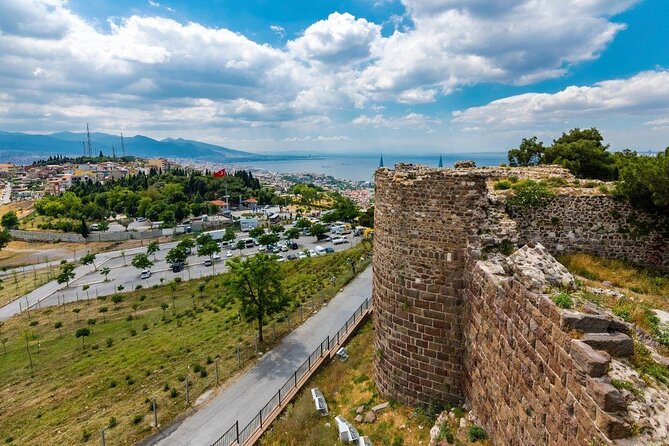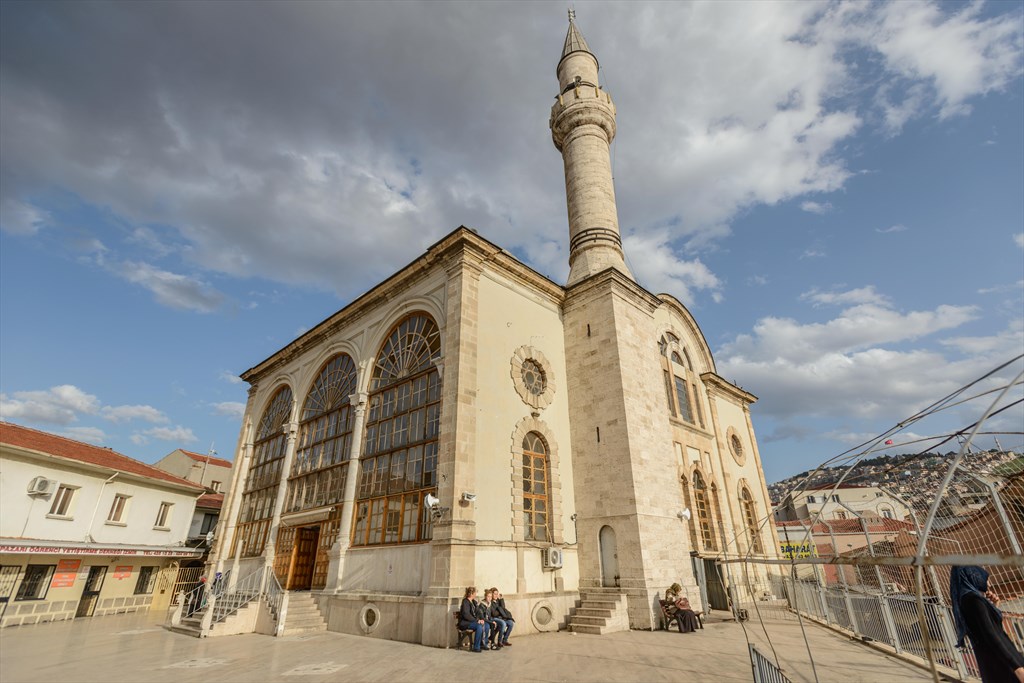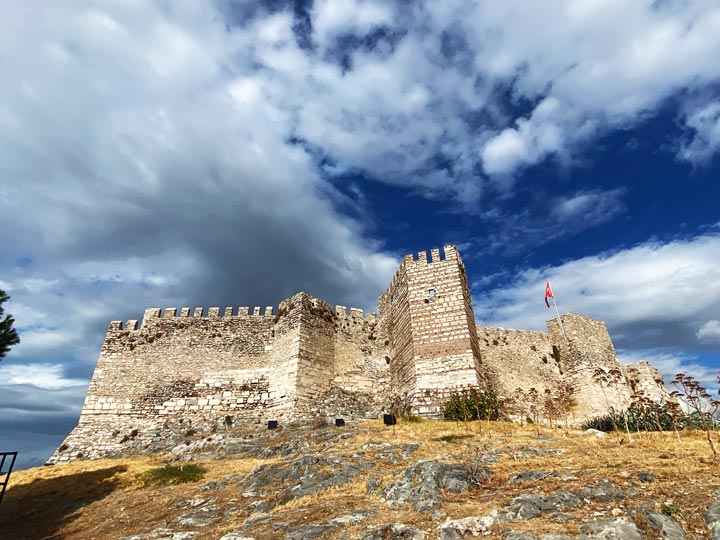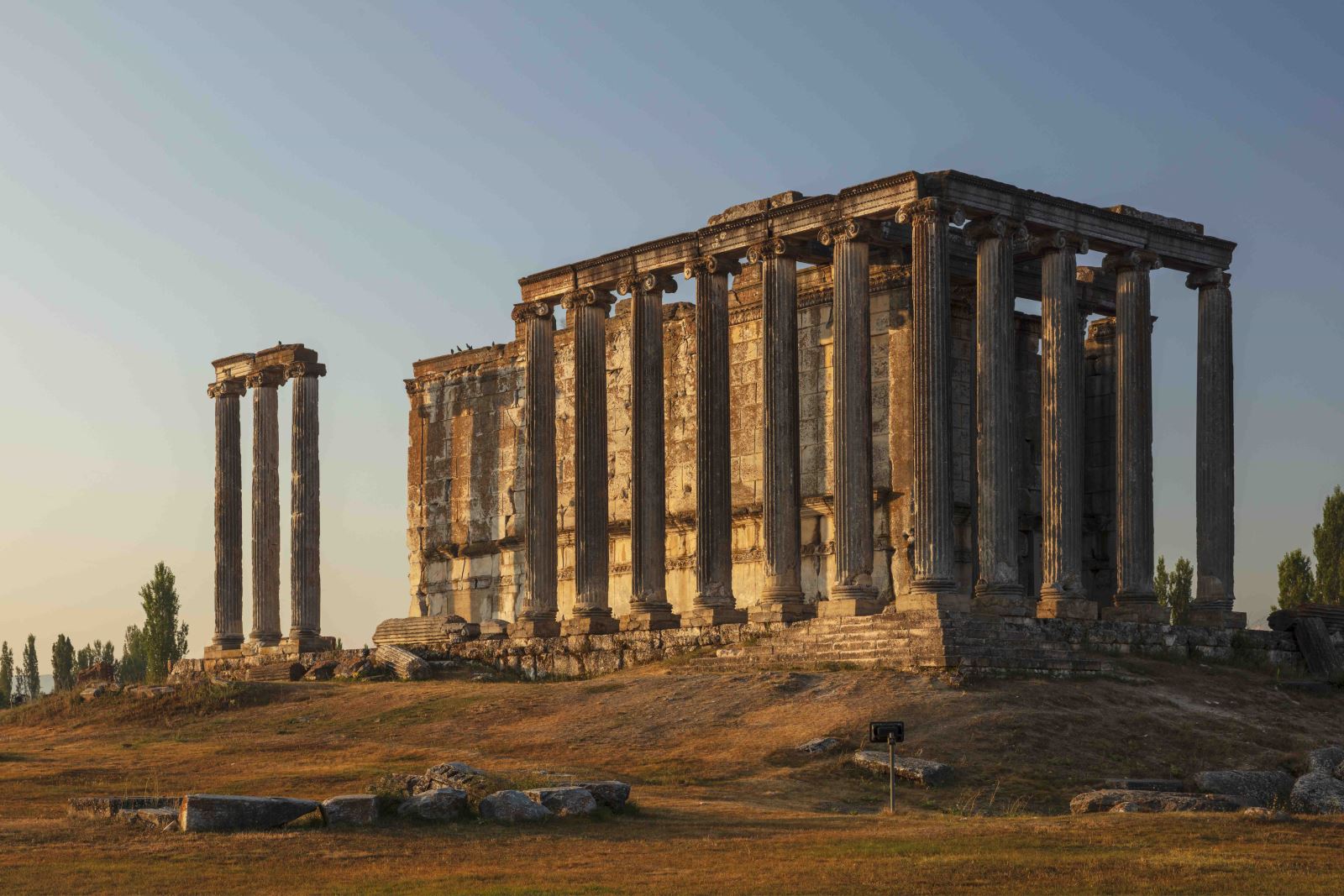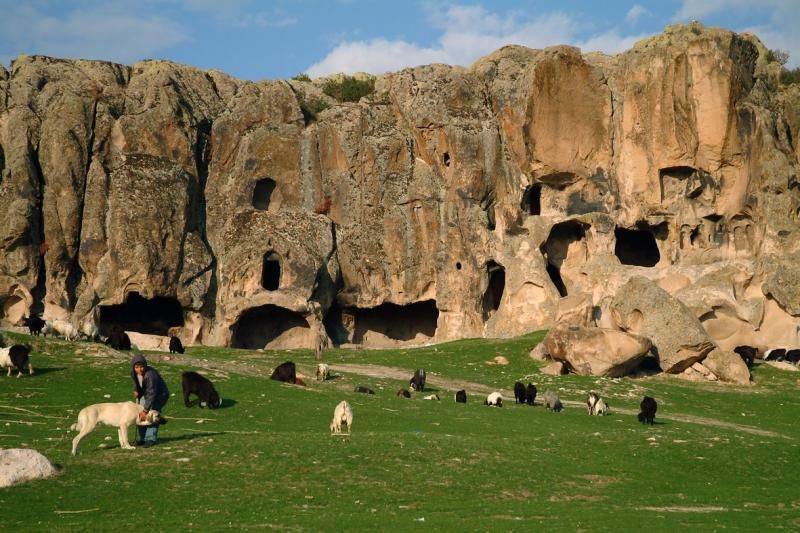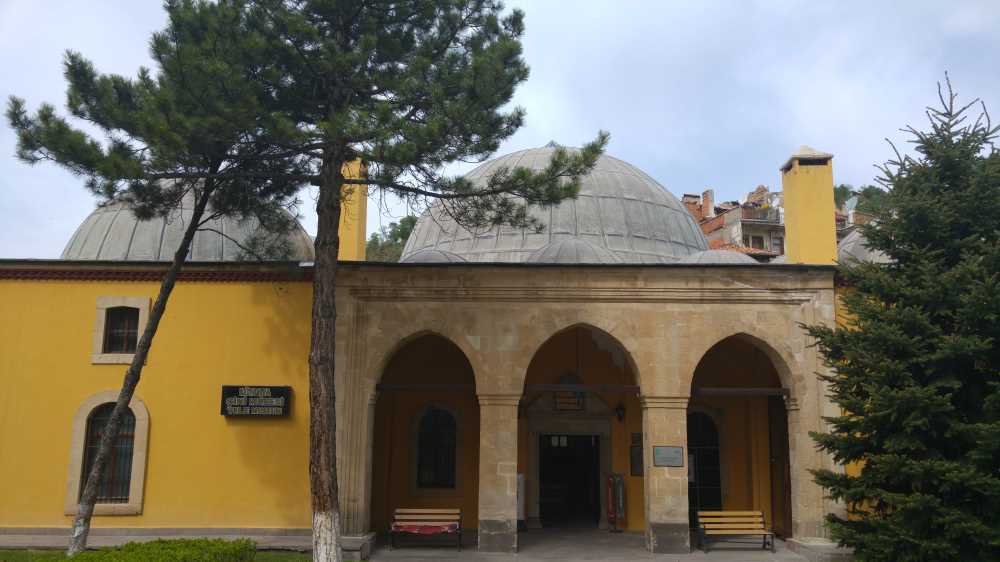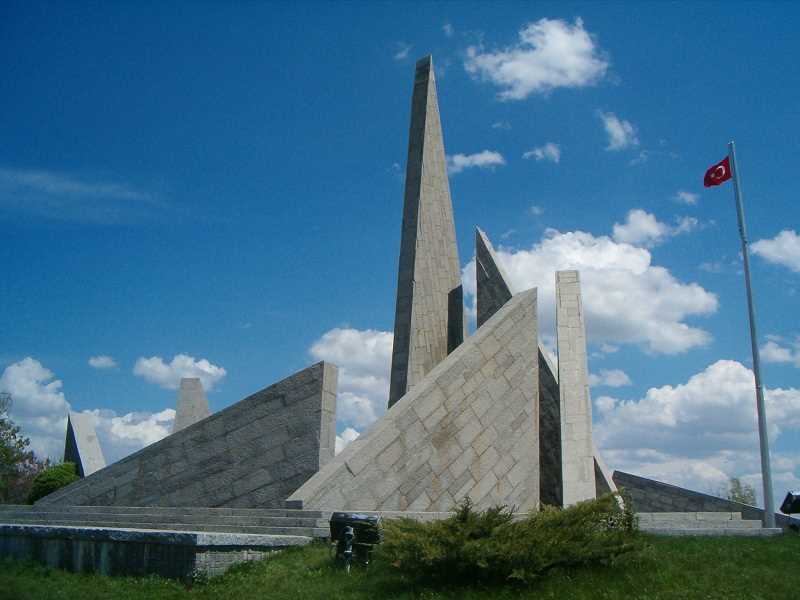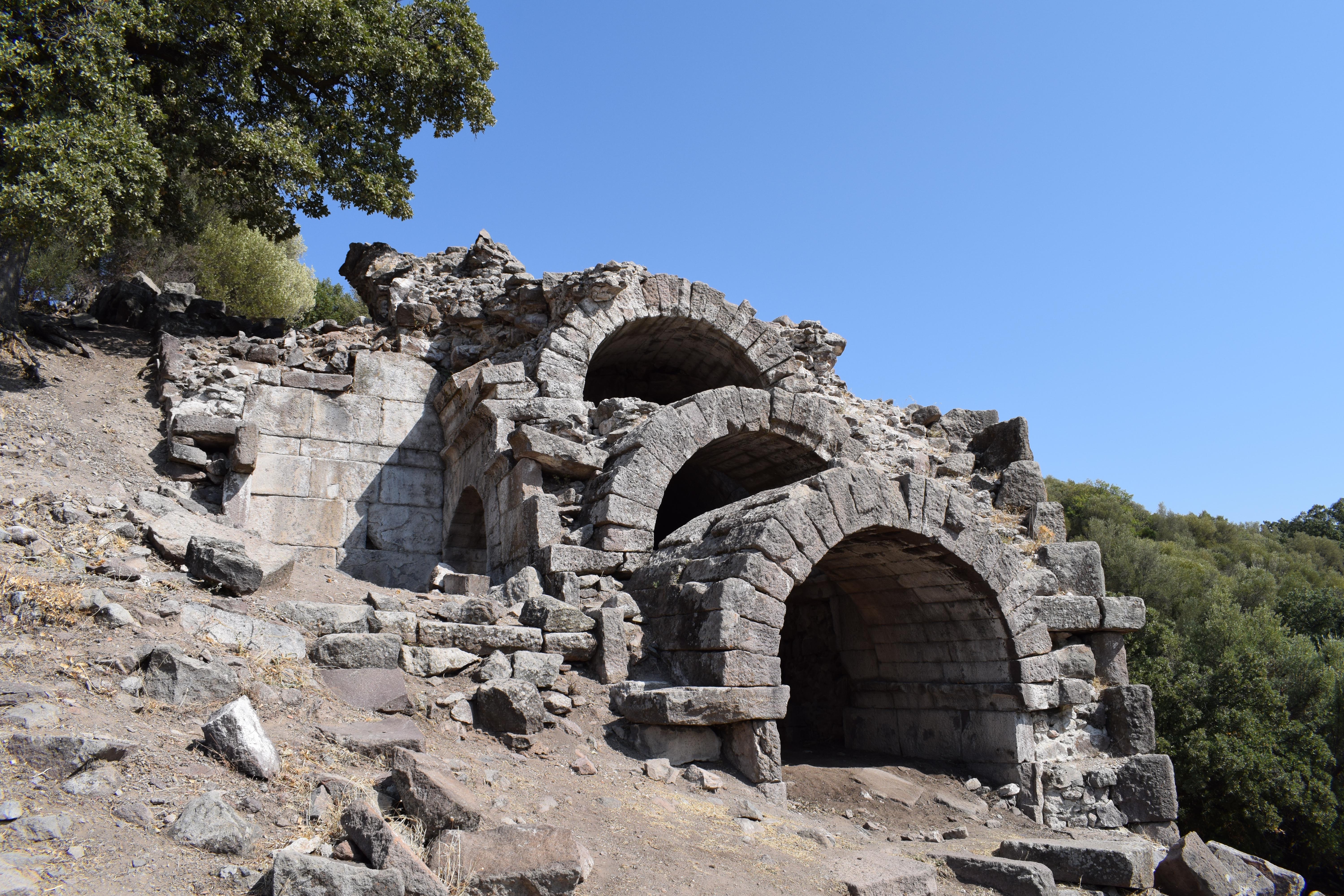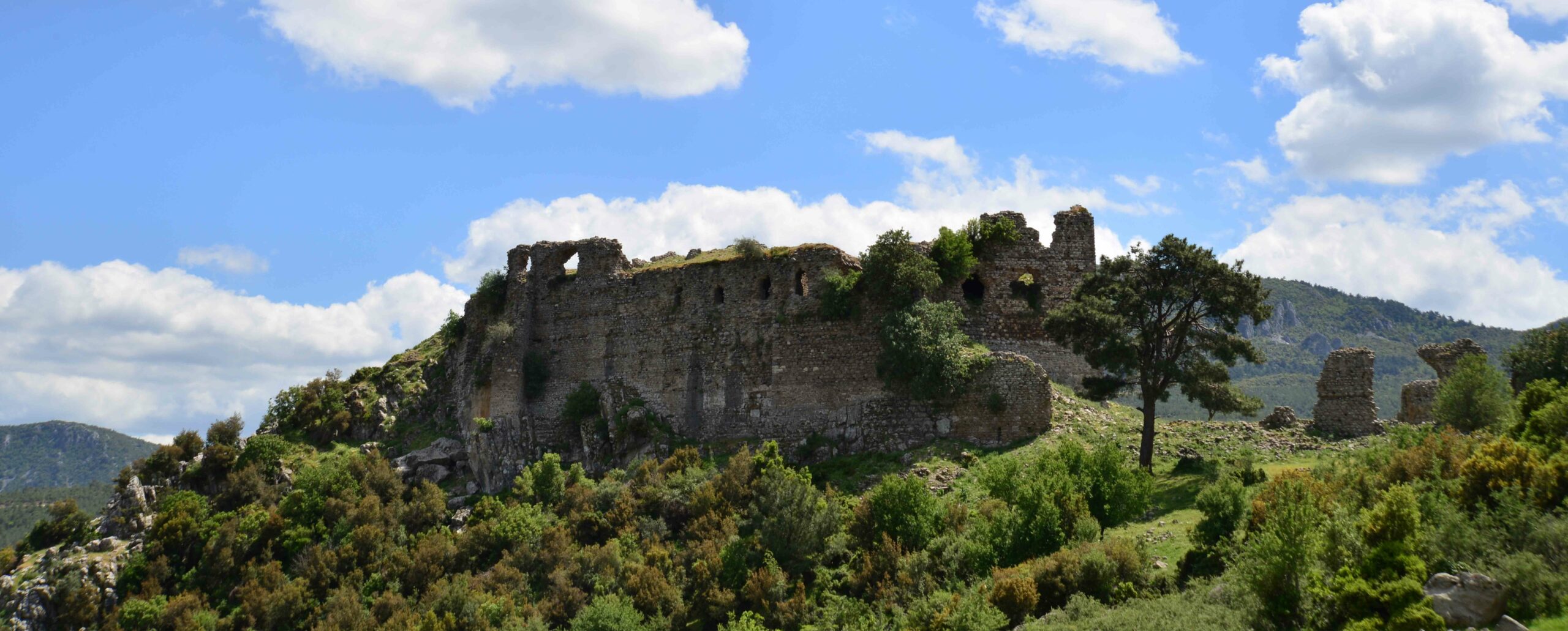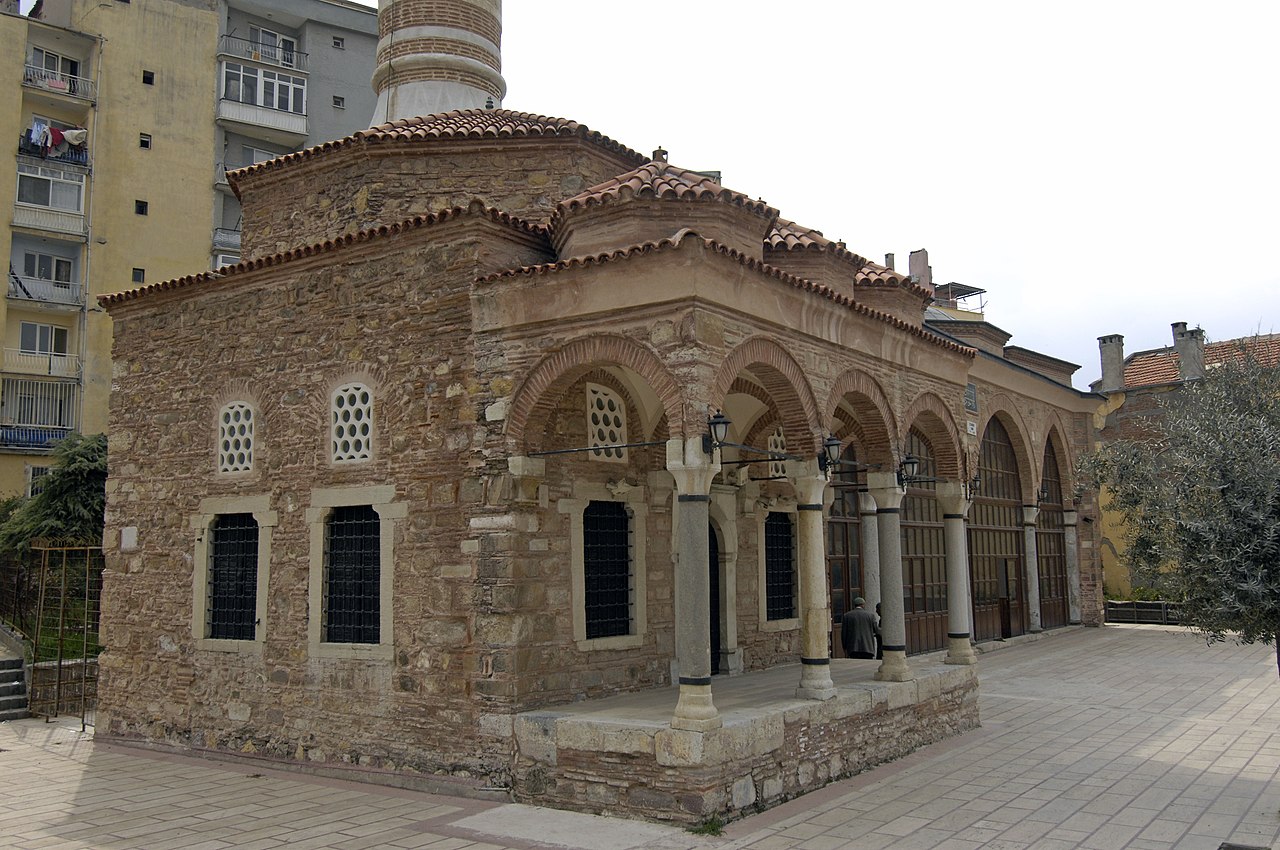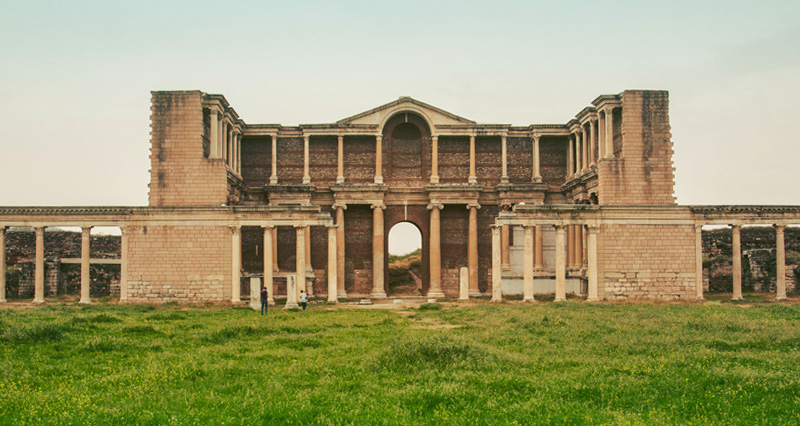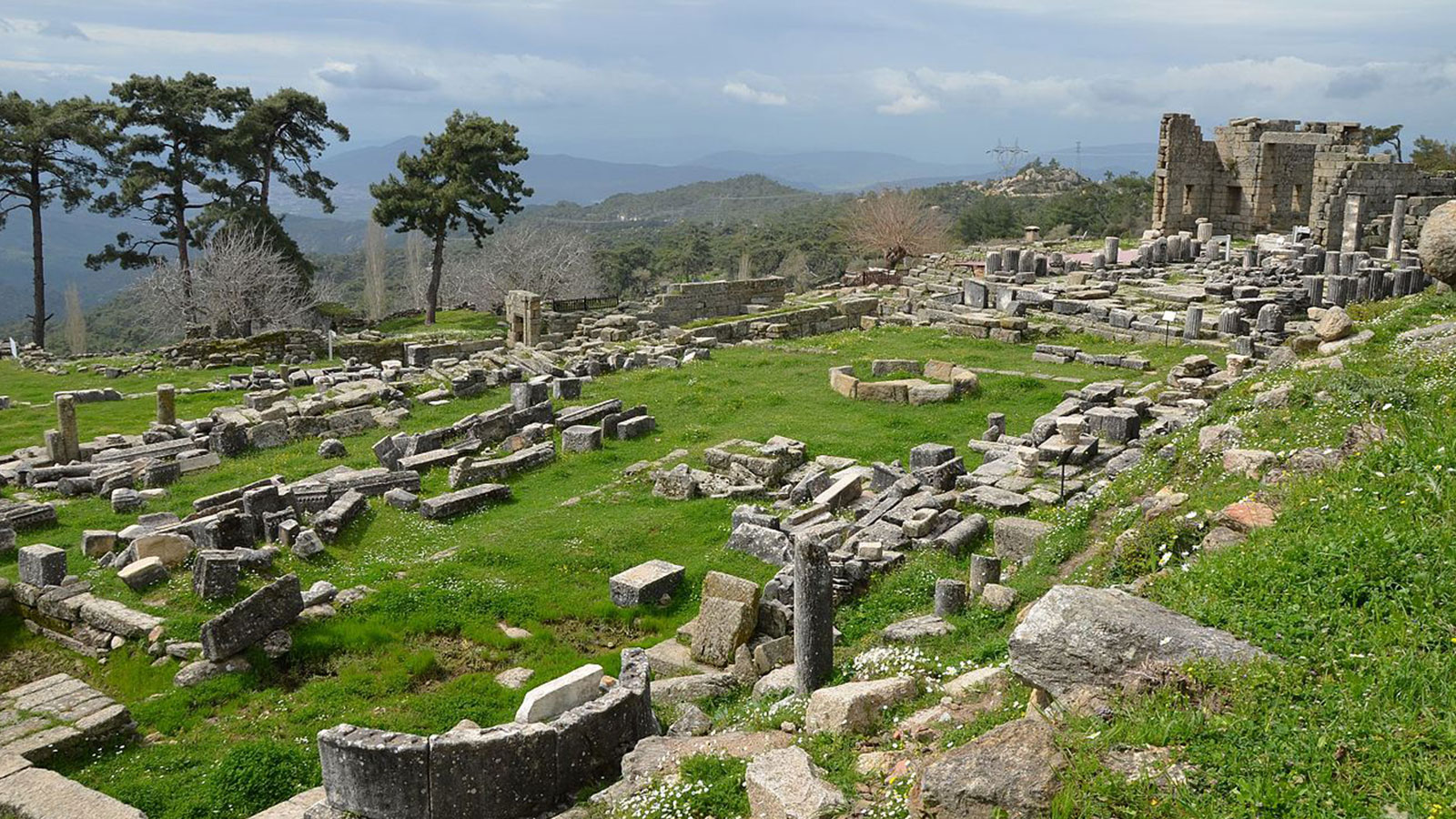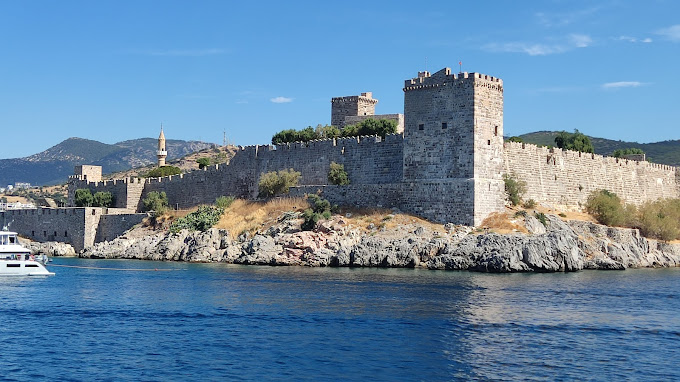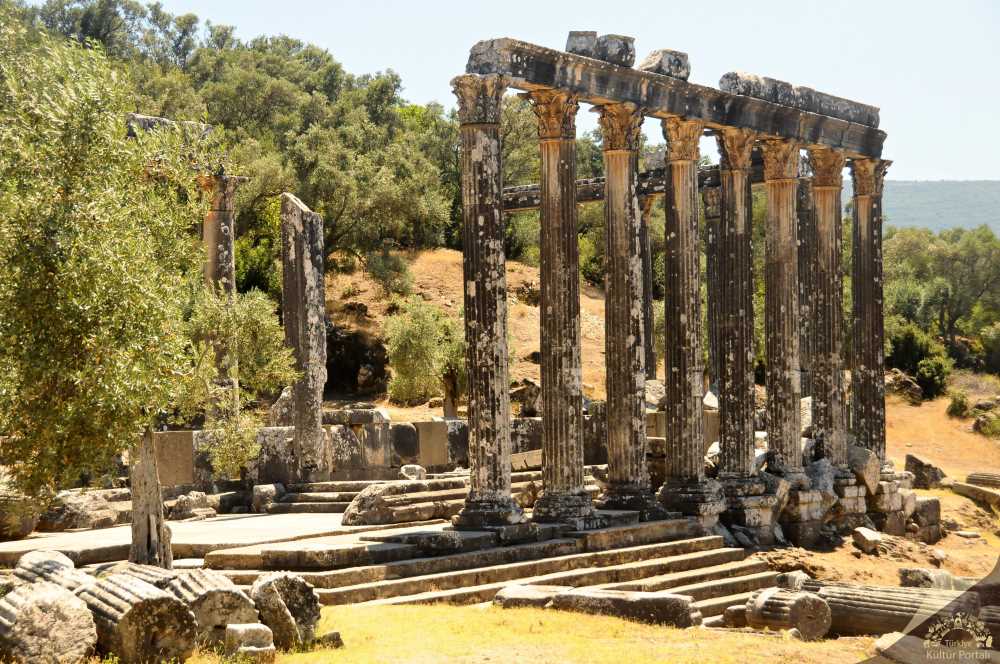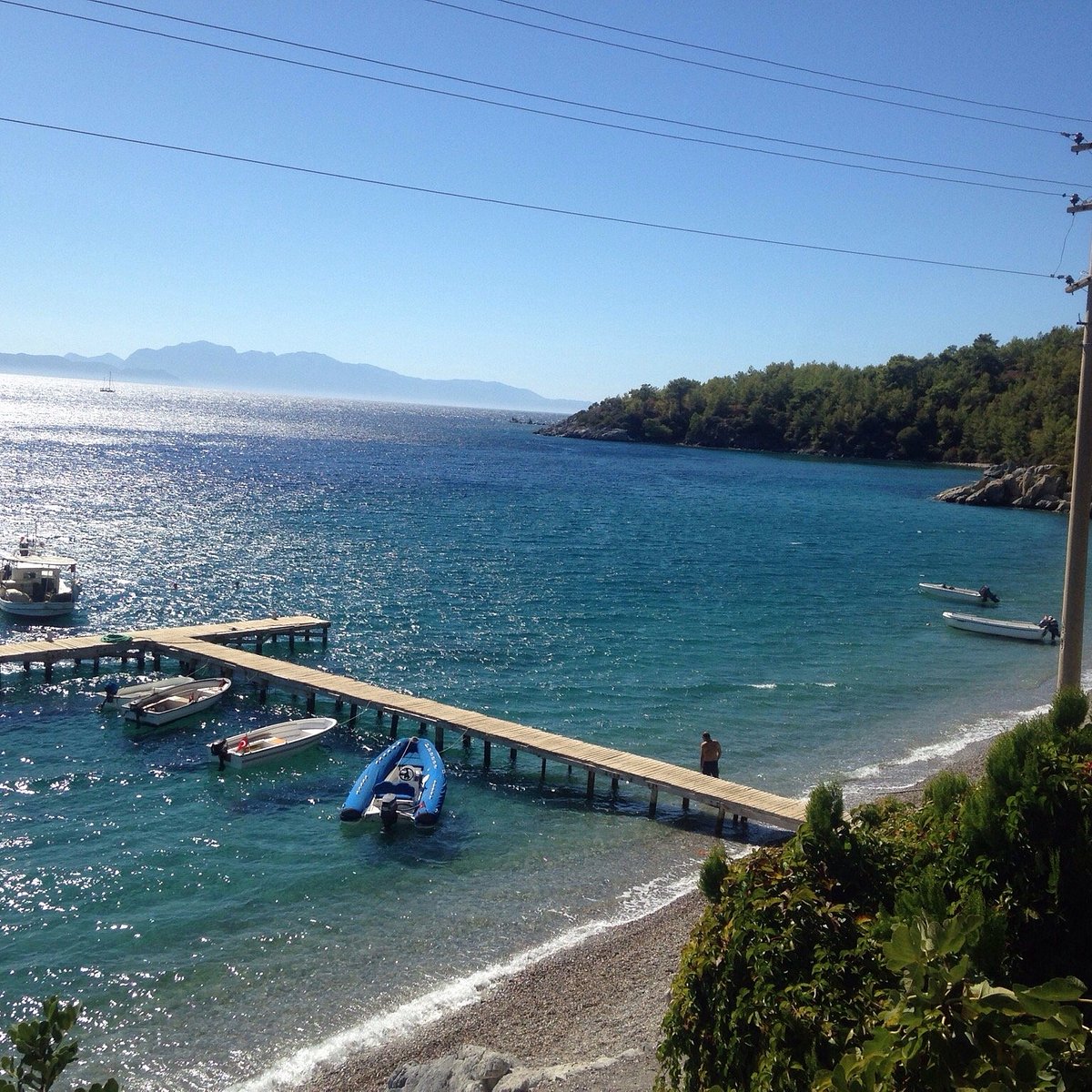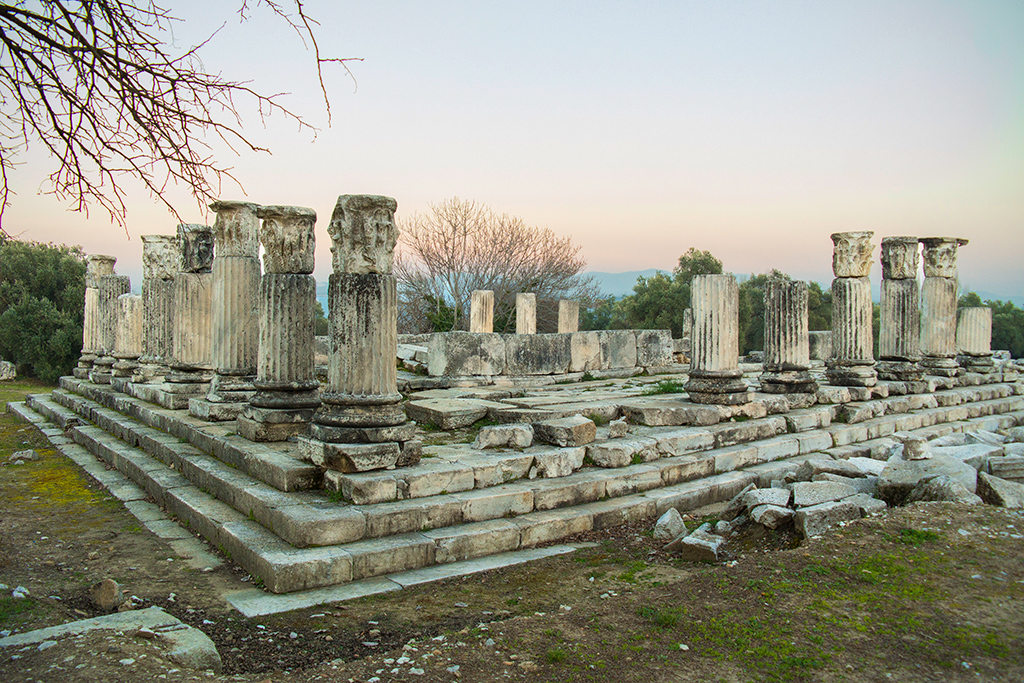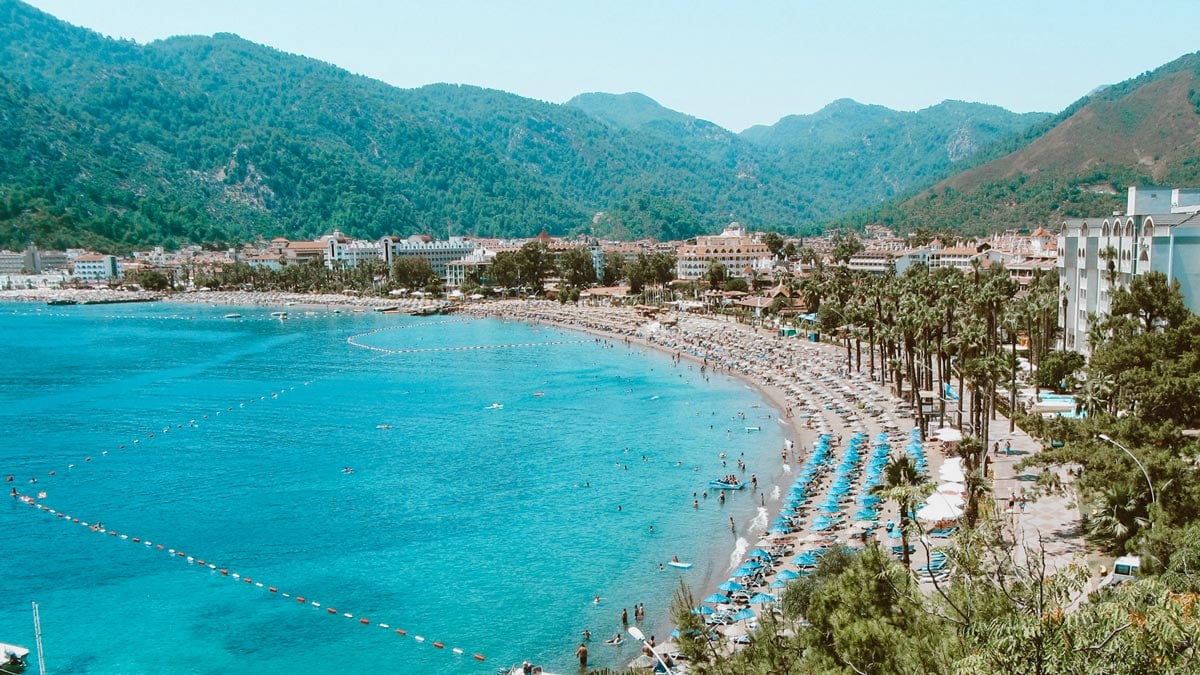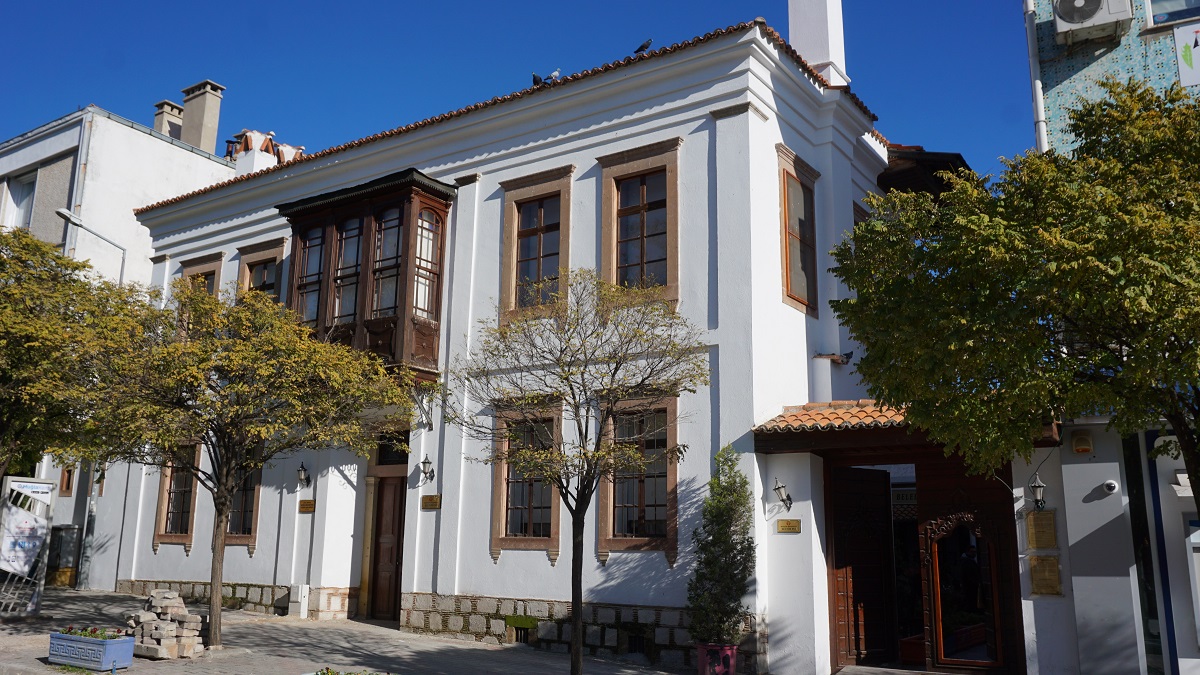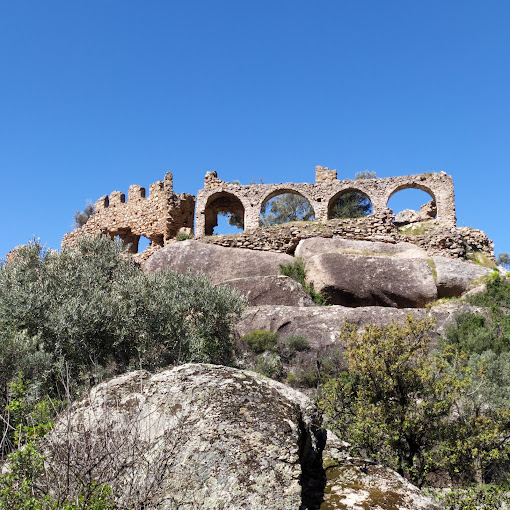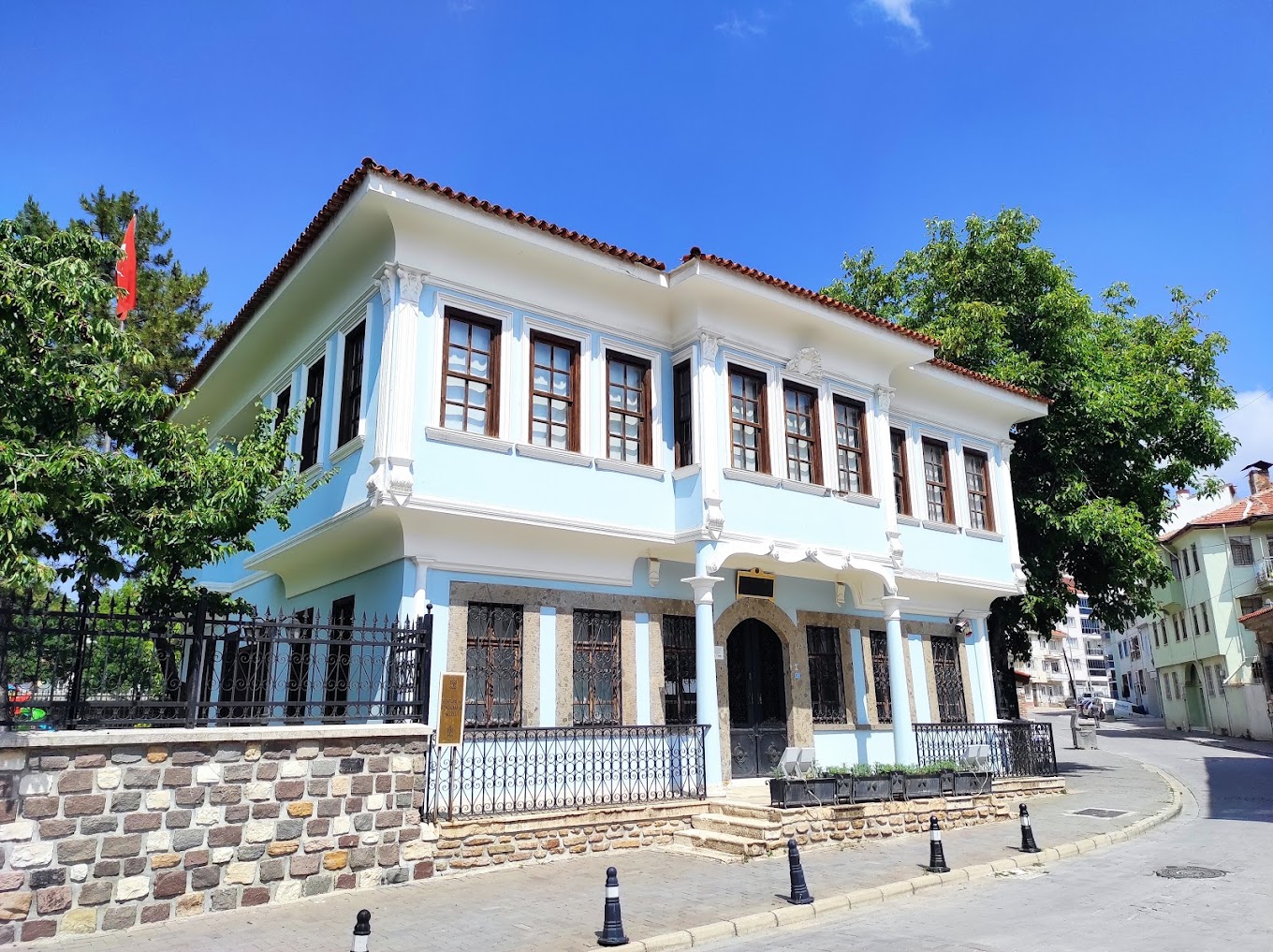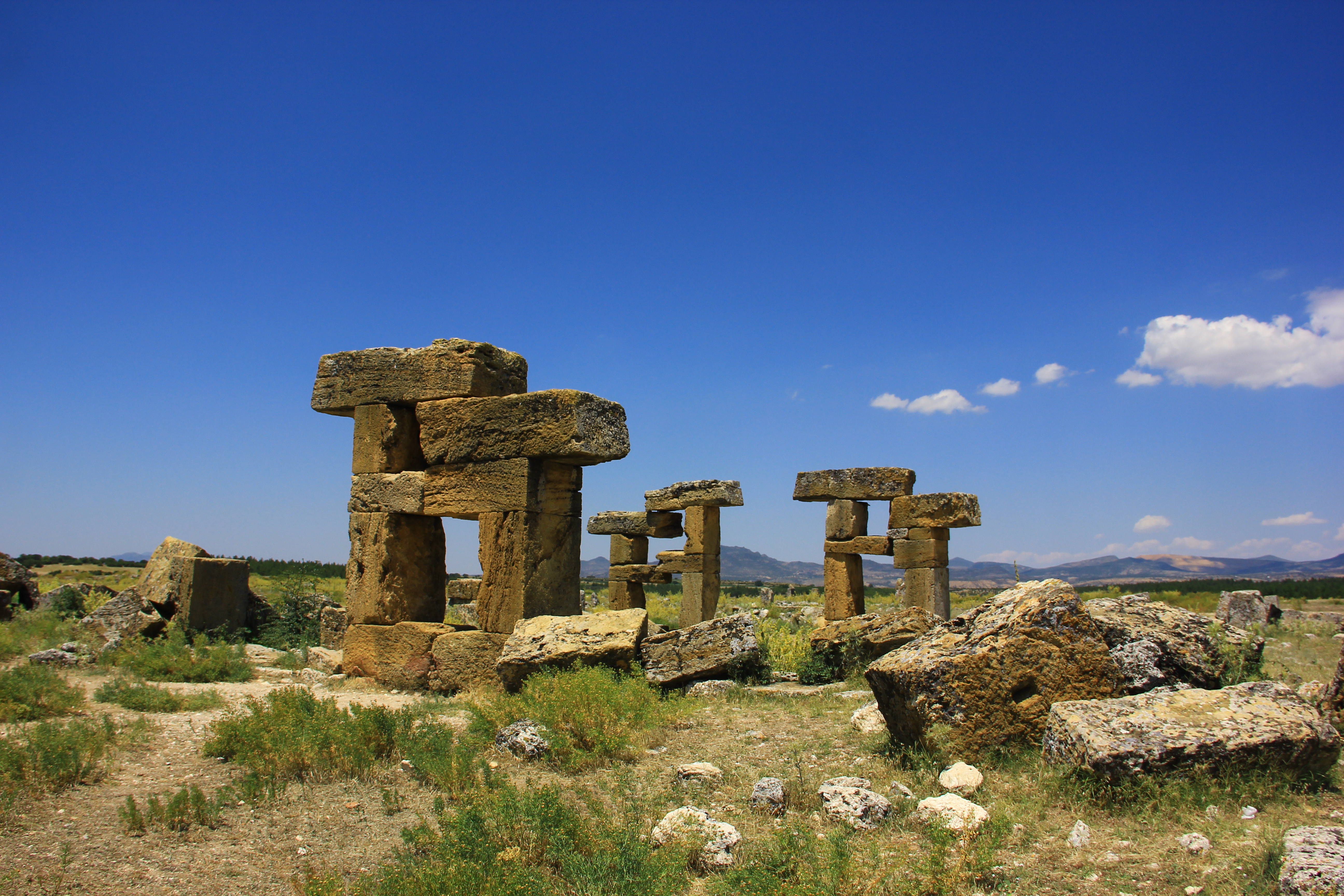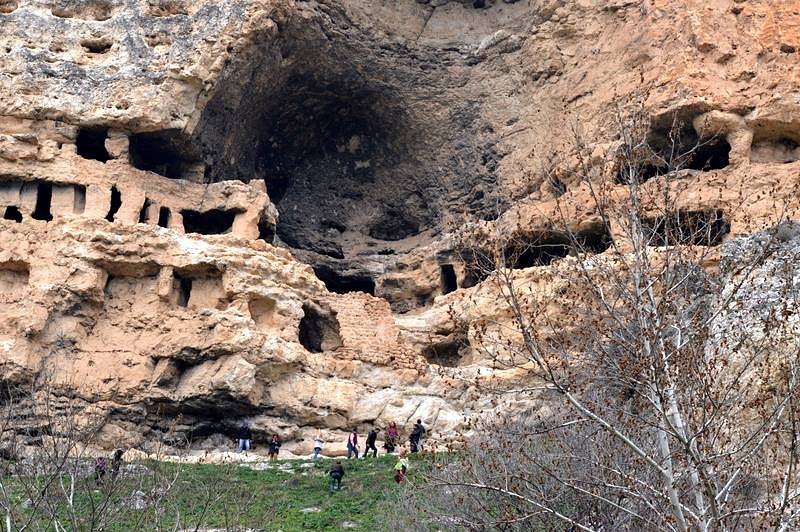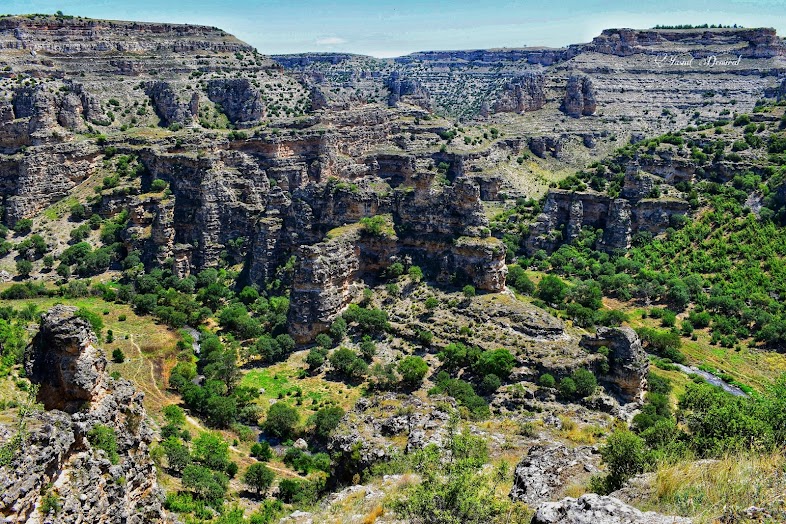İzmir Agora Ruins
Agora Open Air Museum, which is a part of the historical fabric of Izmir and located in the city center, has many cultures and many layers. When viewed from Kadifekale, it is possible to see the open-air museum and the excavation sites very clearly. Izmir Agora, one of the large agoras in the city center with its three-storey design, is one of the rarest examples of its kind. Agora, located in Namazgah, one of the oldest regions of Izmir, is a multi-storey structure built on arches and columns around a large marble-tiled quad during the Roman Period. The word Agora means "market place". It is also a government place used for political meetings and people's courts. Agora, MS. It underwent a major restoration after the earthquake in 178 BC. A sculpture group consisting of Poseidon and Demeter, one of the most important works in the Agora, is exhibited in the History and Art Museum. The elegantly embossed portrait of Faustina, wife of Emperor Marcus Aurelius, who loved Izmir very much, is located in the arch of the West Gate of the Agora. The large cisterns and various sewer structures inside the agora indicate that it is in the area of abundant water supply. The fountain at the entrance of the basilica is thought to have flowed since the time it was built. Another of the Agora's exciting finds is the graffiti in Roman shops. While these graffiti are thought to be the world's largest collection of Greek graffiti, the graffiti bears traces of Hellenistic and Roman daily life. The graffiti that has been taken under protection, M.S. It is thought that it was made between the 2nd and 4th centuries. It is possible to see the Hellenistic Period, Roman Period, Byzantine and Ottoman Empire layers of Izmir in the Agora tours. Since the ruins of the agora were used as a cemetery in the Namazgah area long ago, it houses a large number of artisanal tombstones. Although the tombs were moved to a different location, it is possible to see Ottoman tombstones in the area. Artifacts unearthed from the Agora are now in the Izmir Archeology Museum and the History and Art Museum. After visiting the ruins, which is very close to the historical Kemeraltı Bazaar, if you wish, you can continue on the road and follow the historical streets of Basmane on the road, passing through the area where excavations are underway and where the 16,000-seat Ancient Roman Theater whose entrance is now revealed with the stage walls, to Kadifekale. It is also possible to exit.





